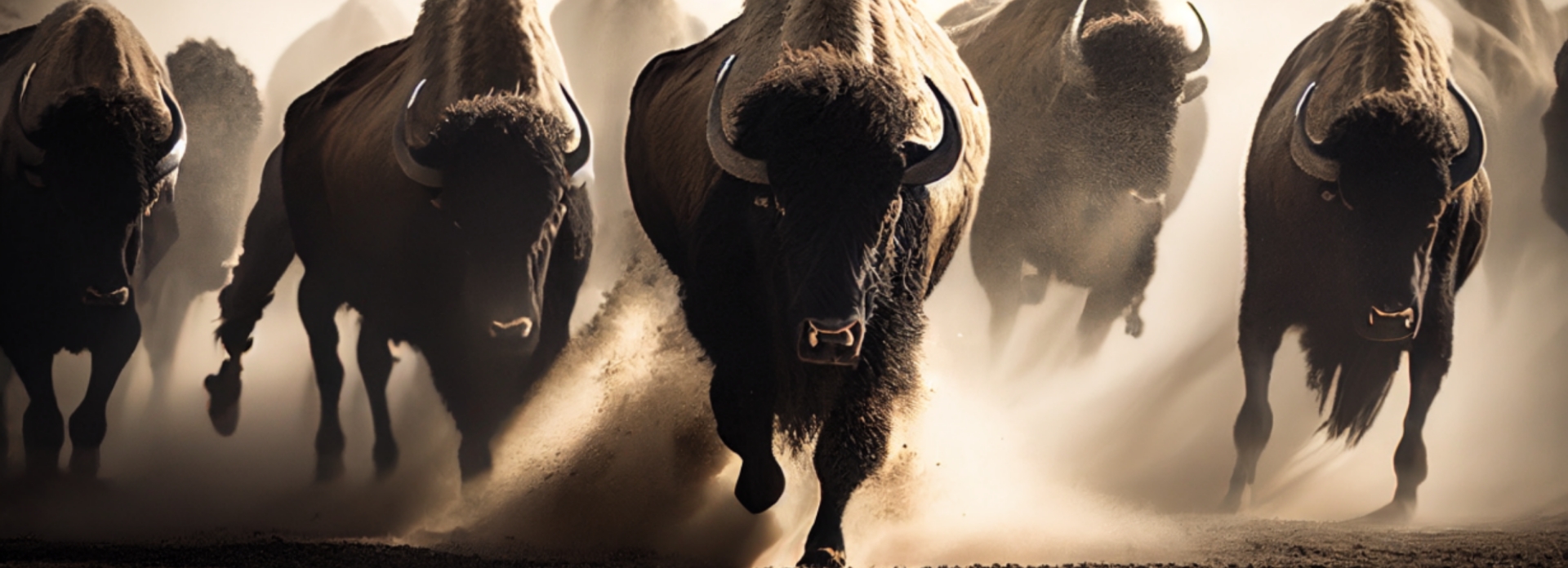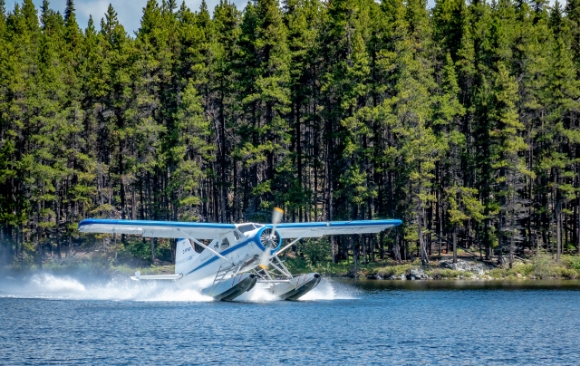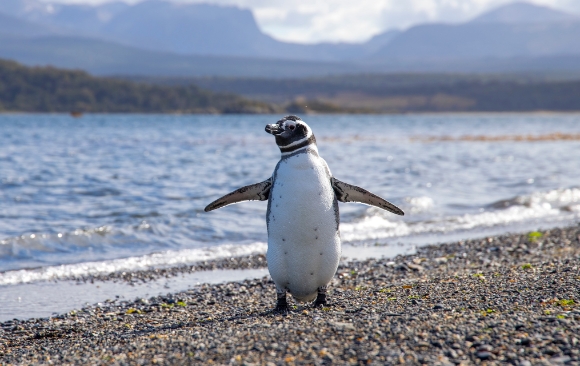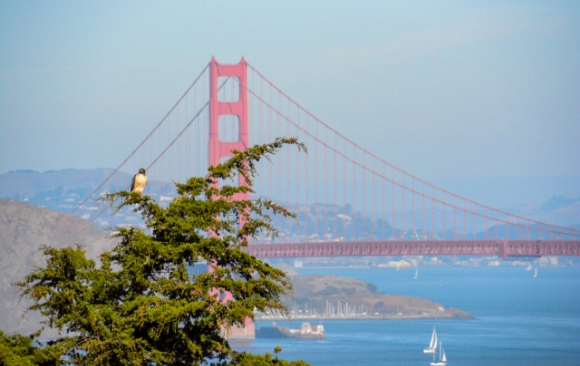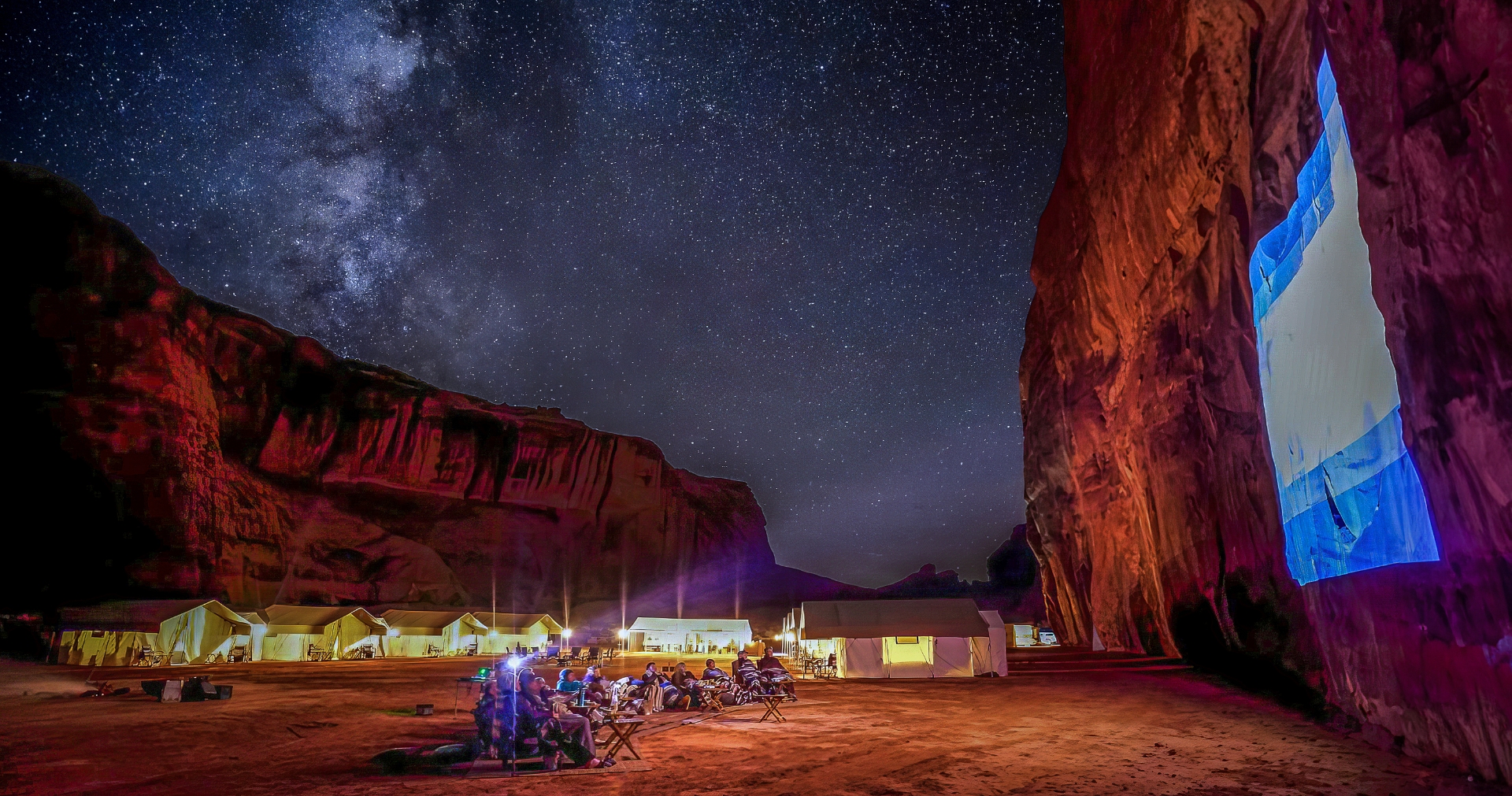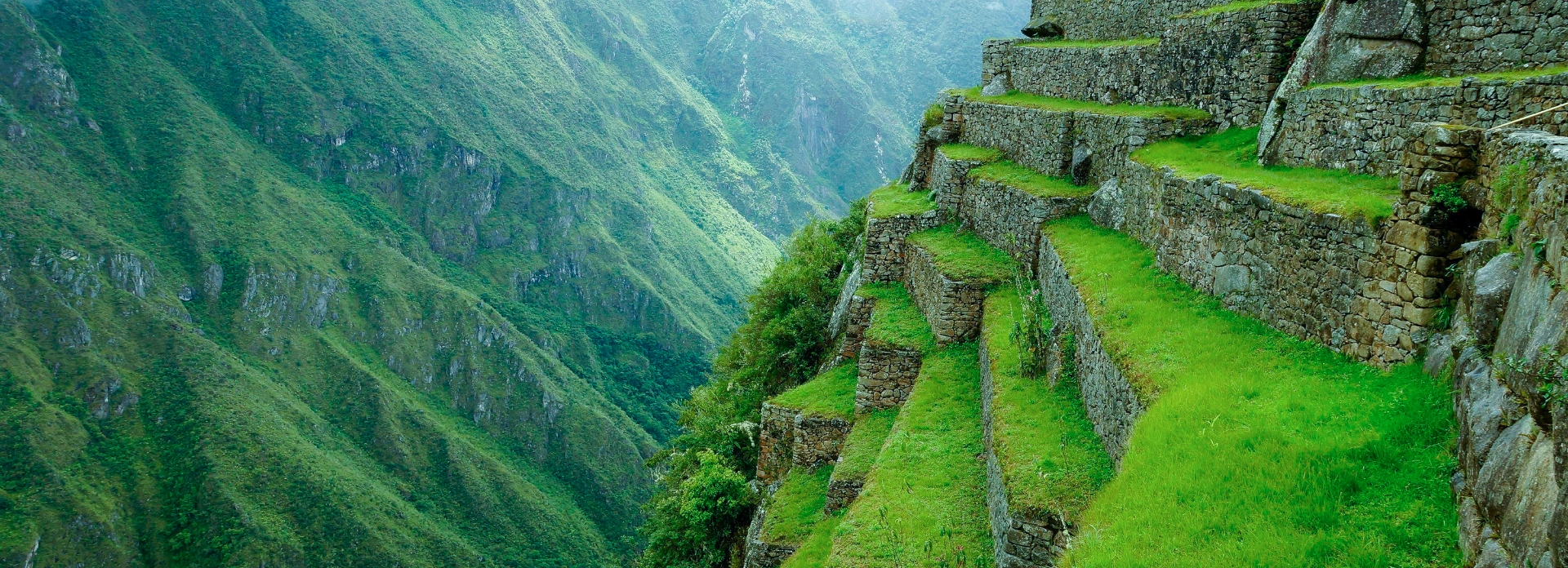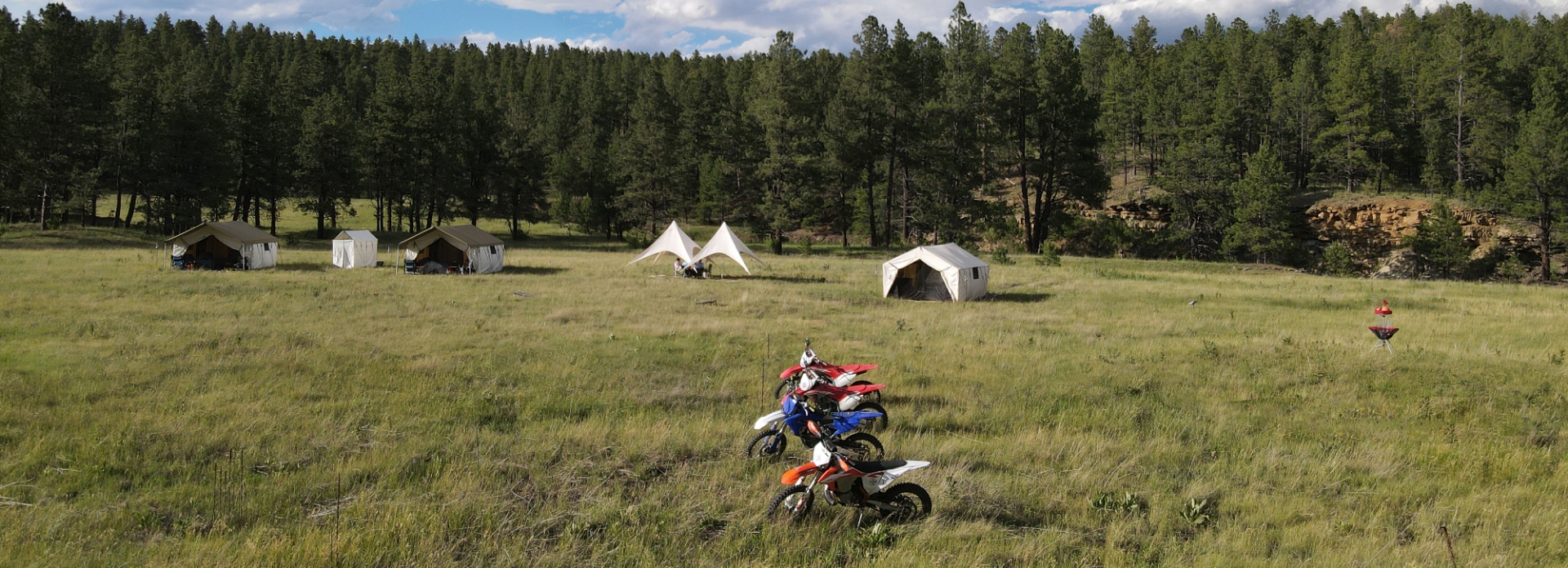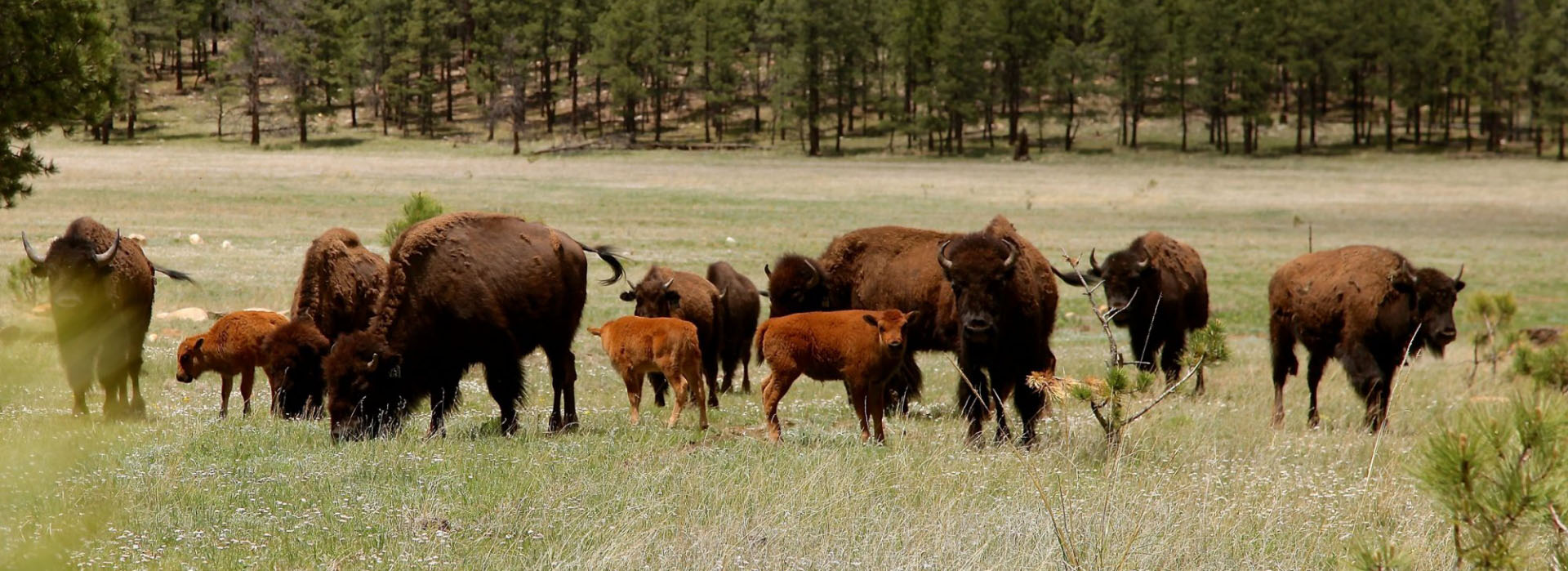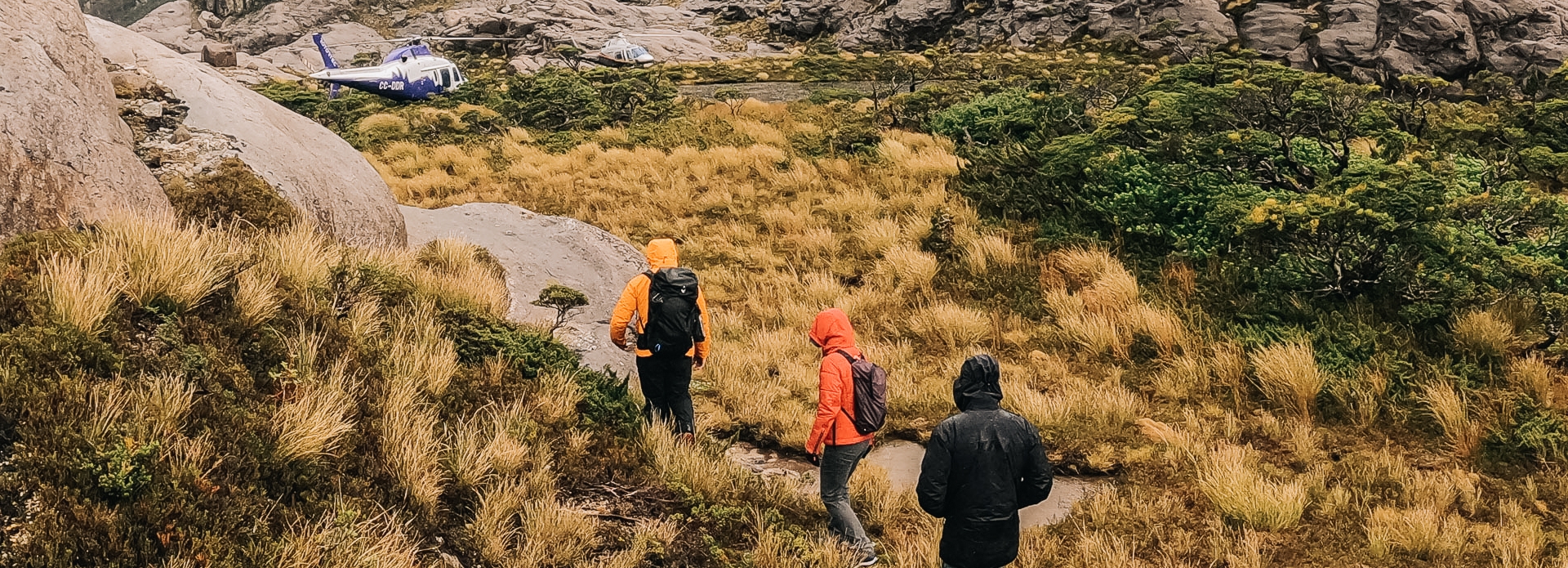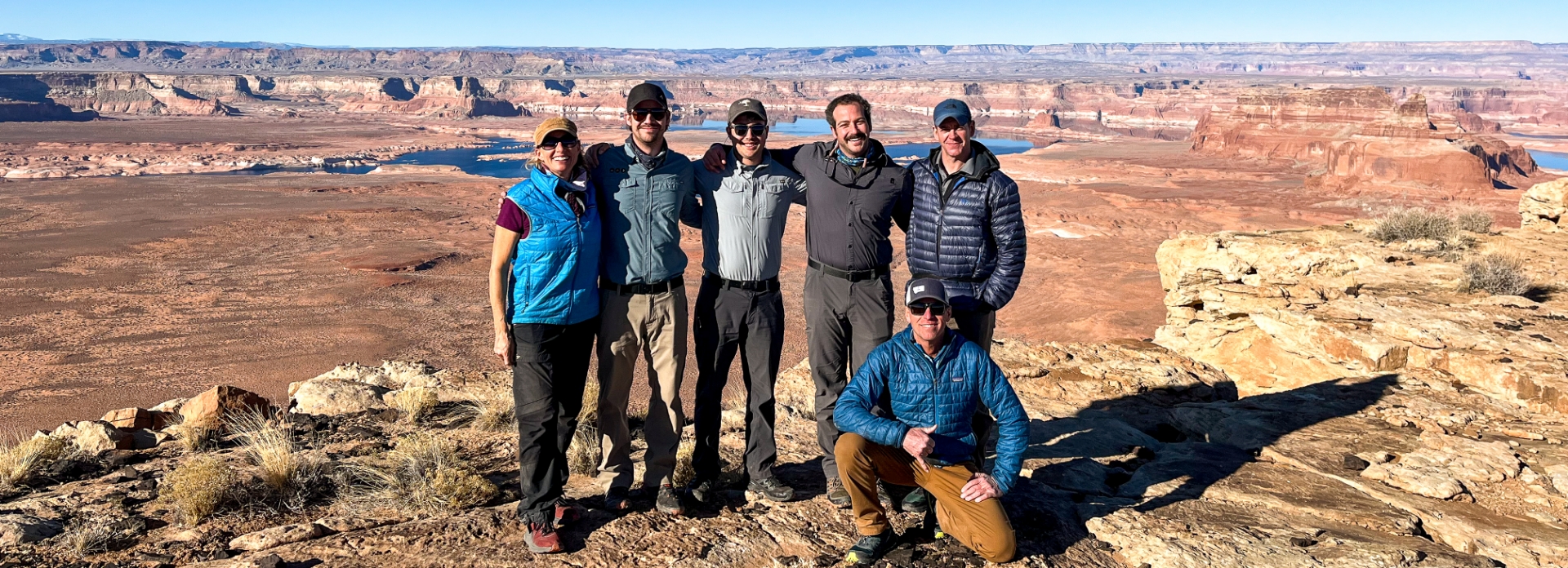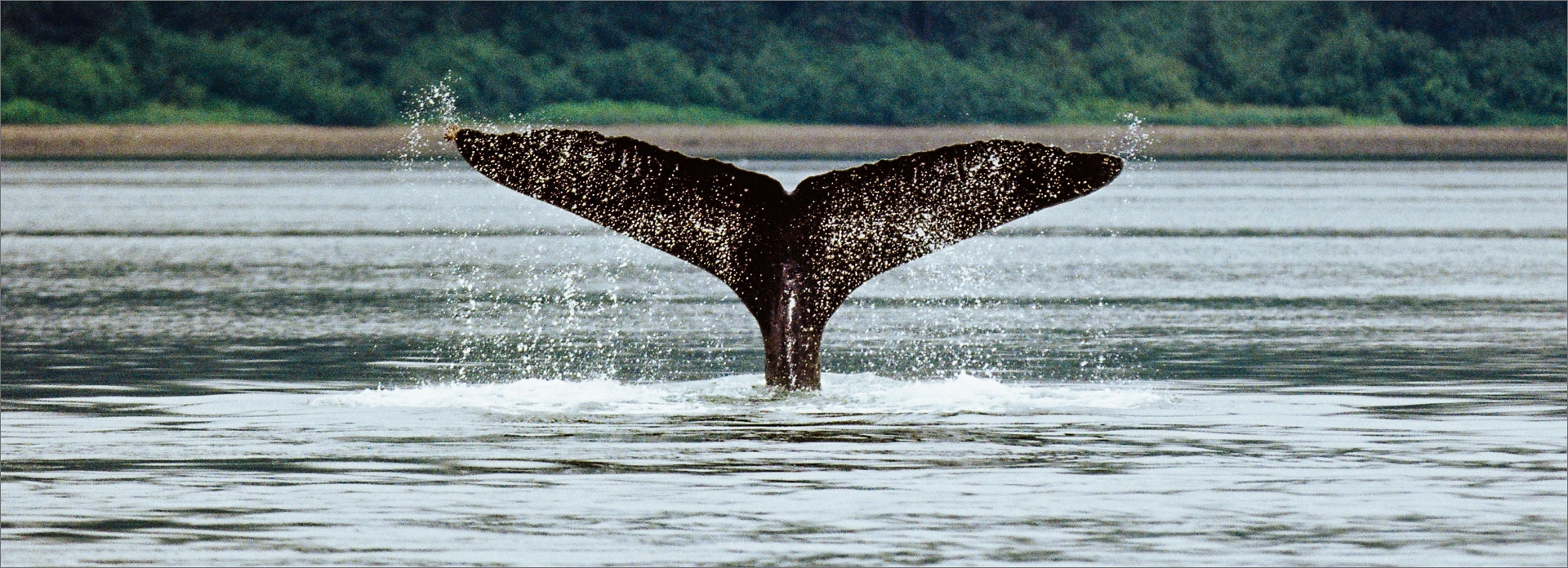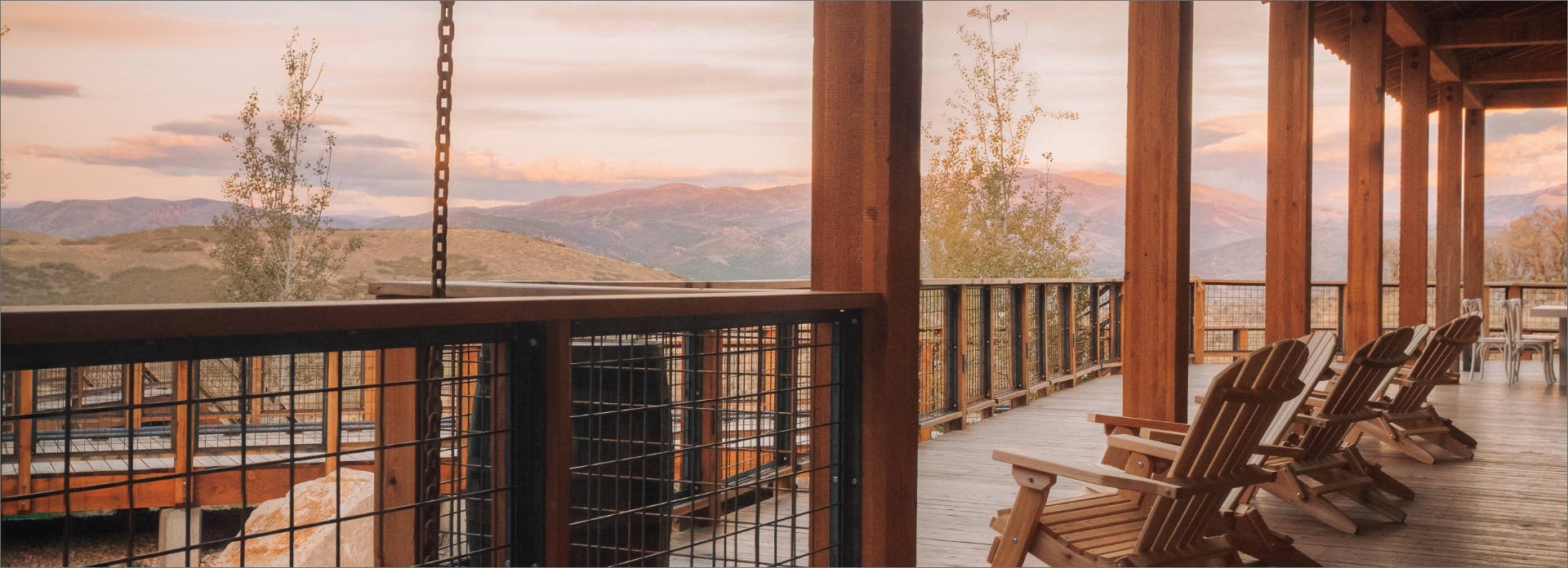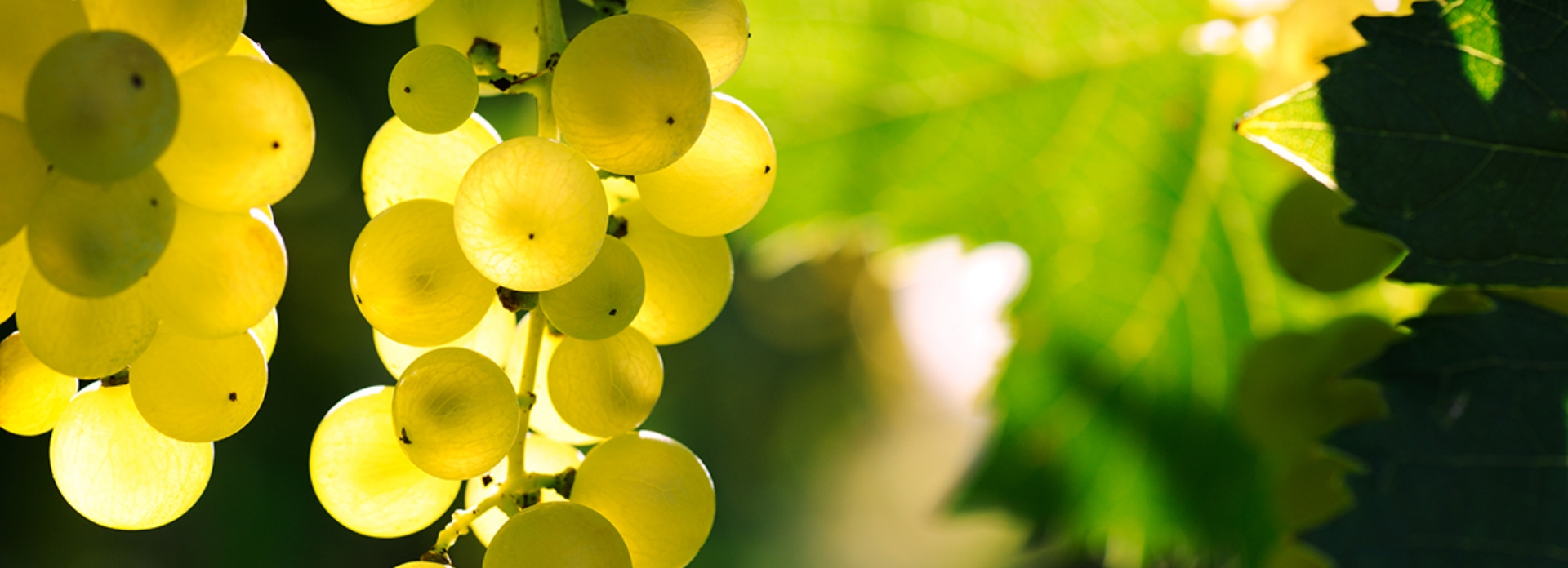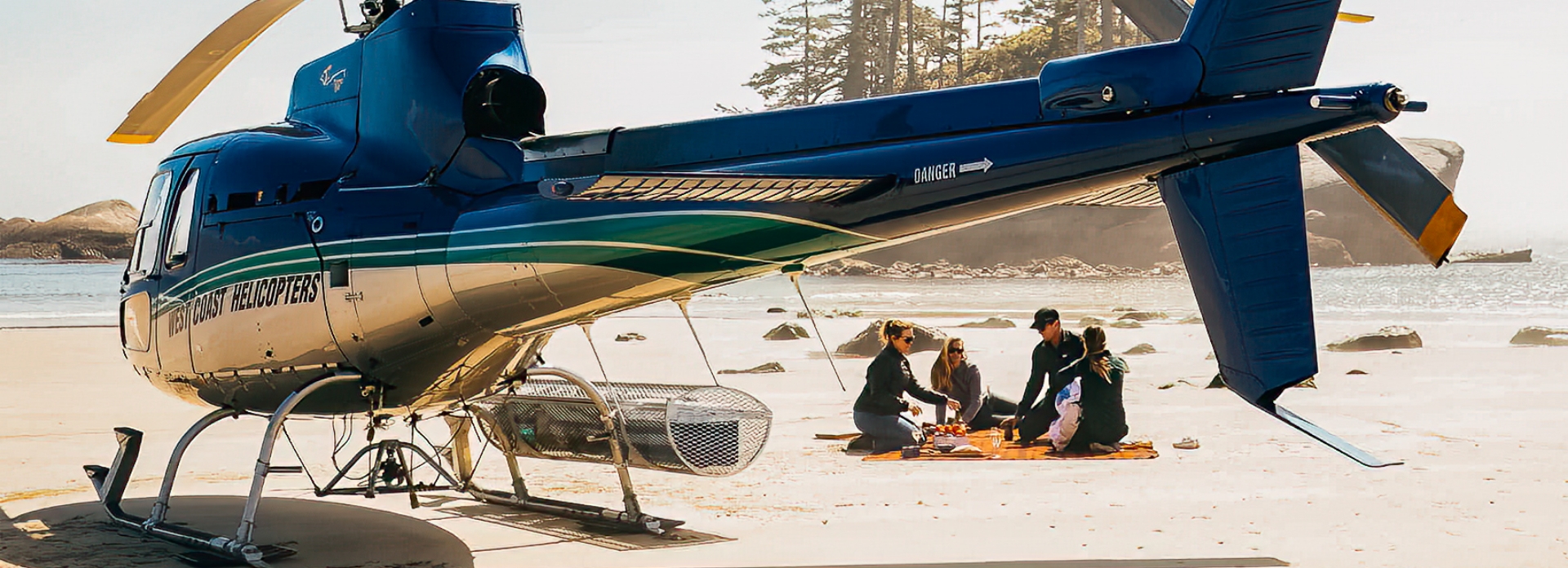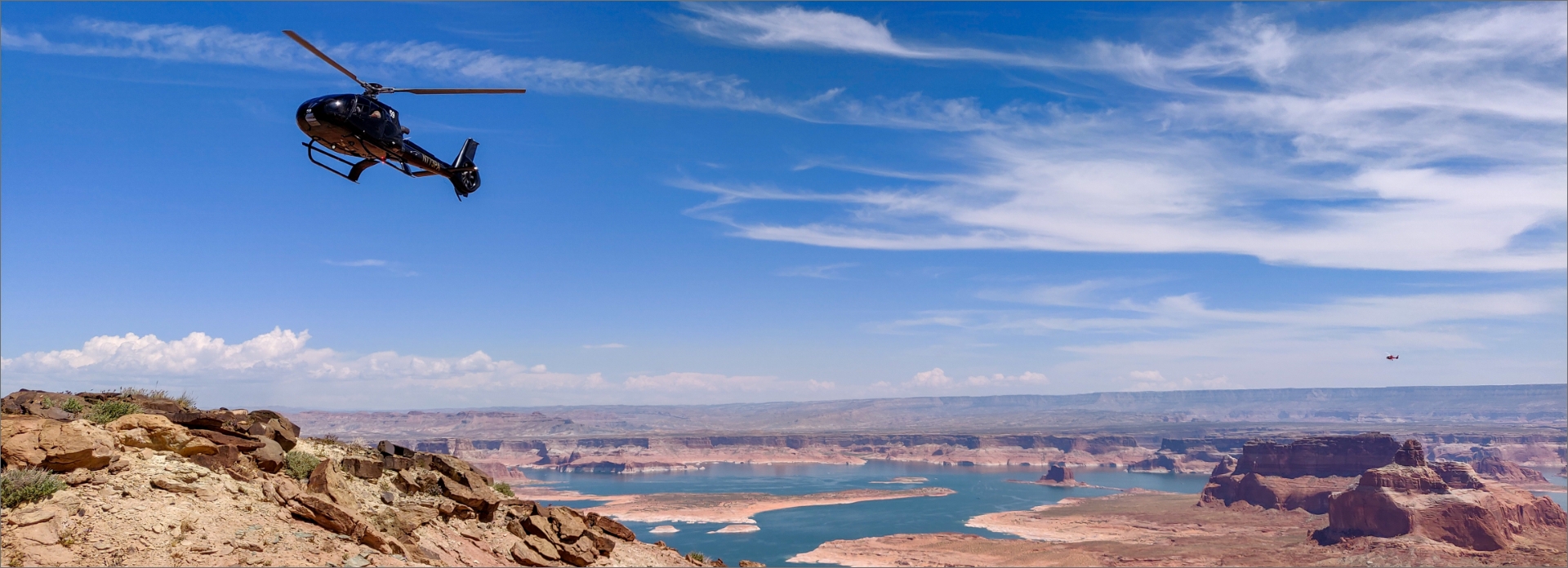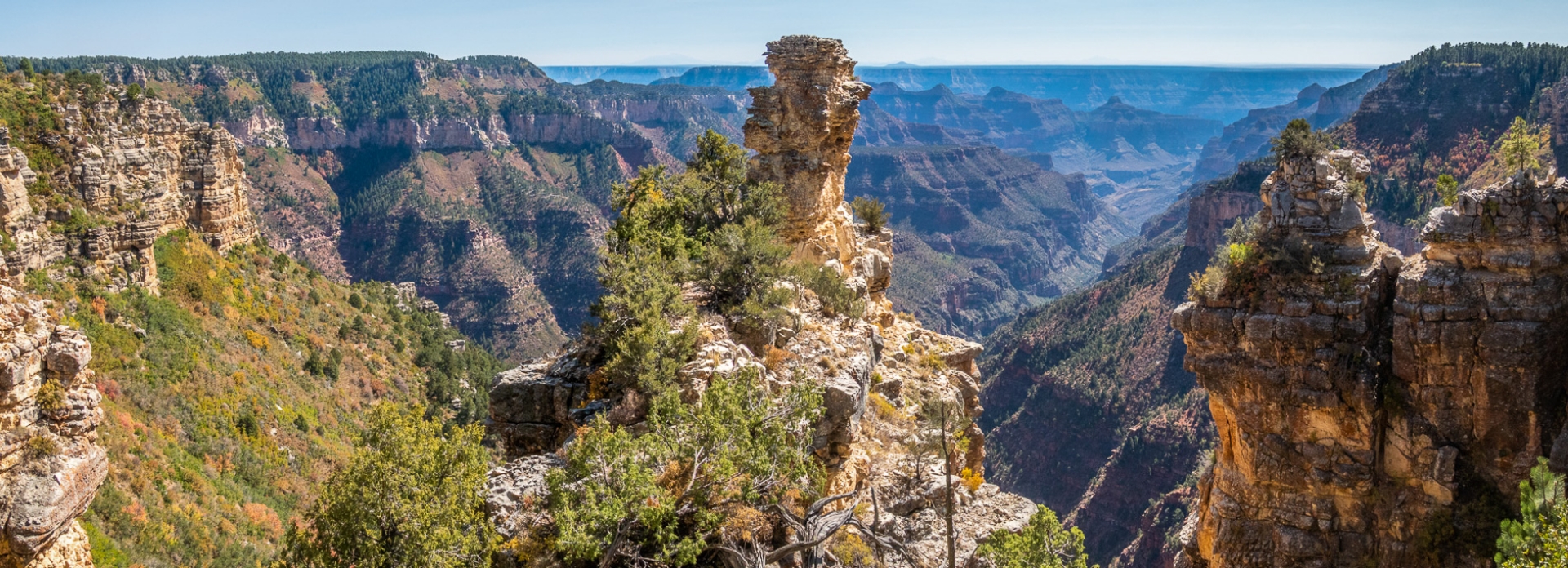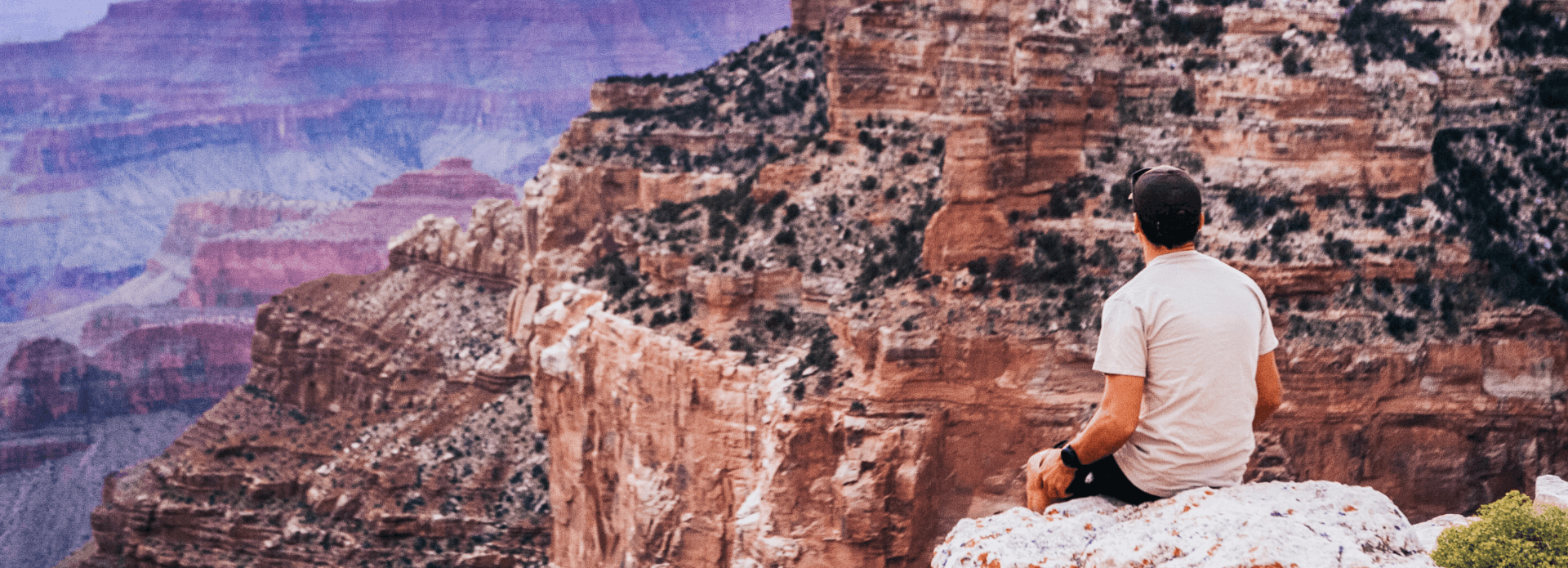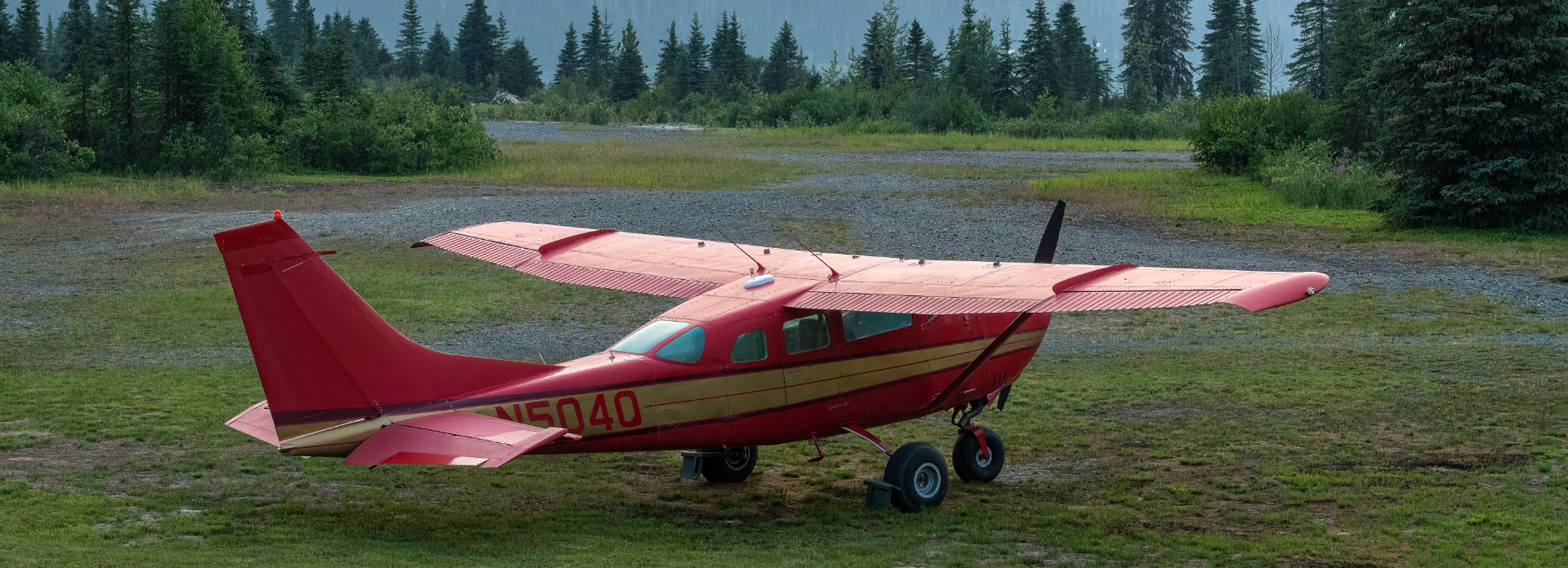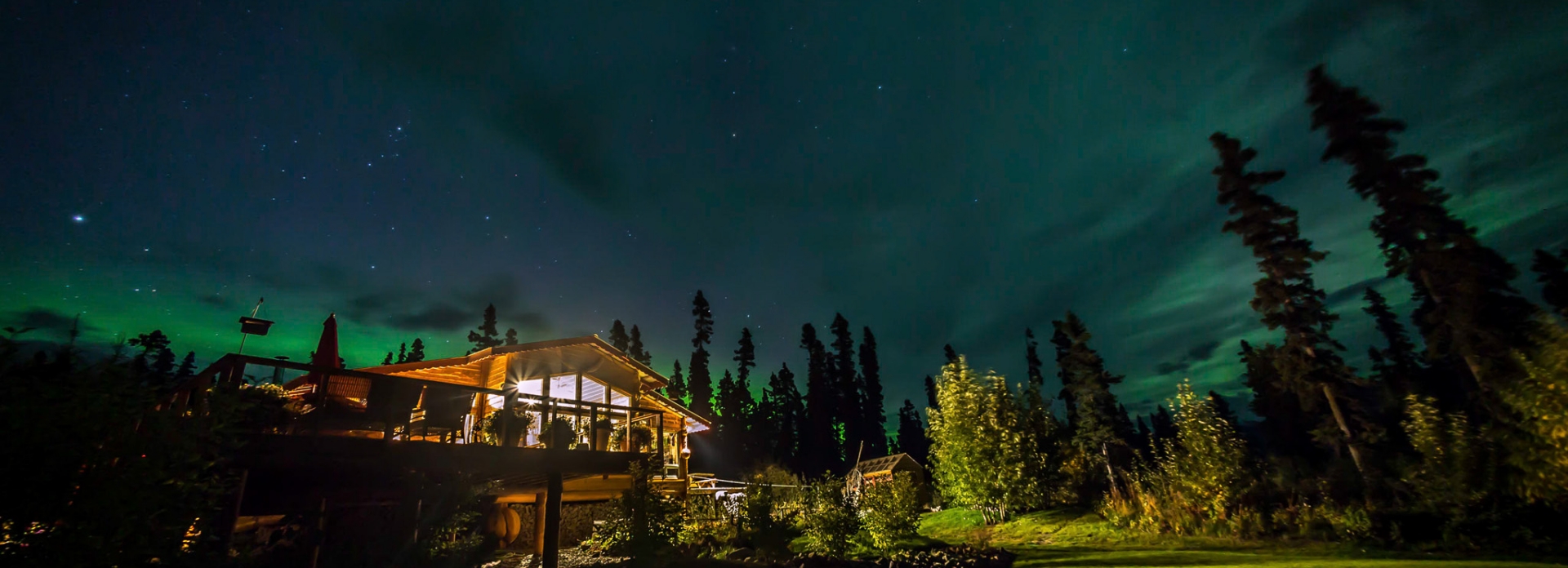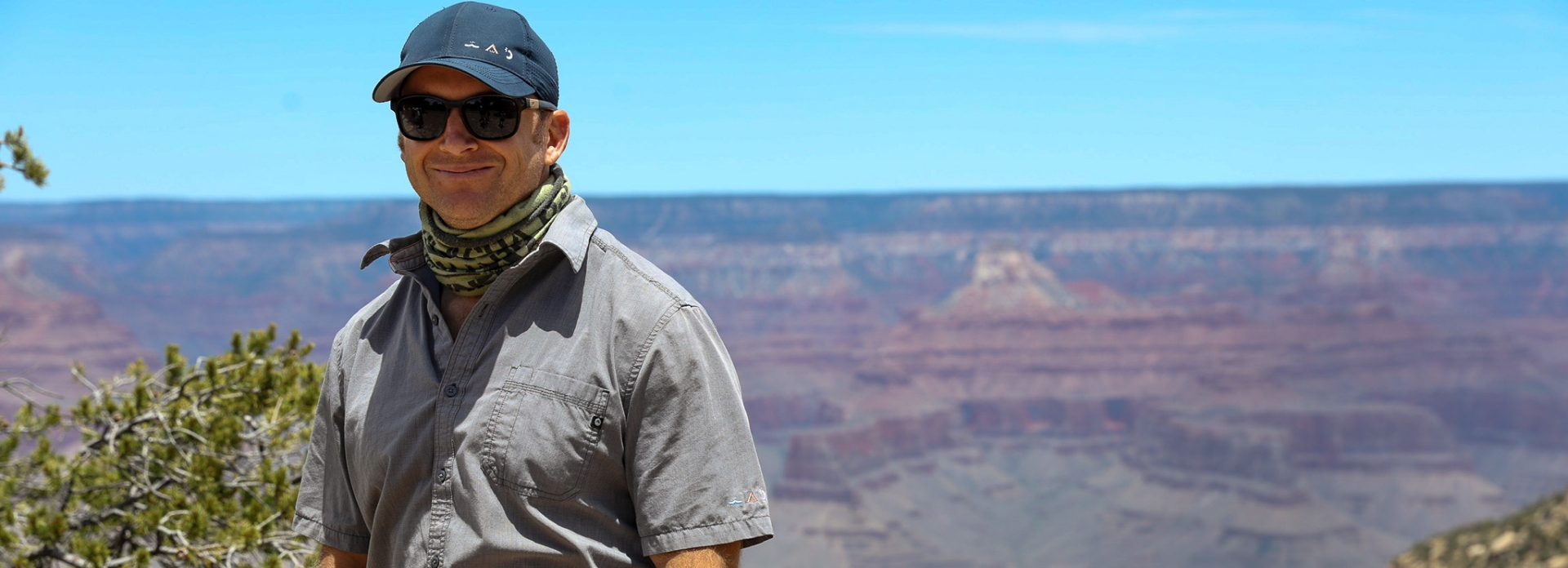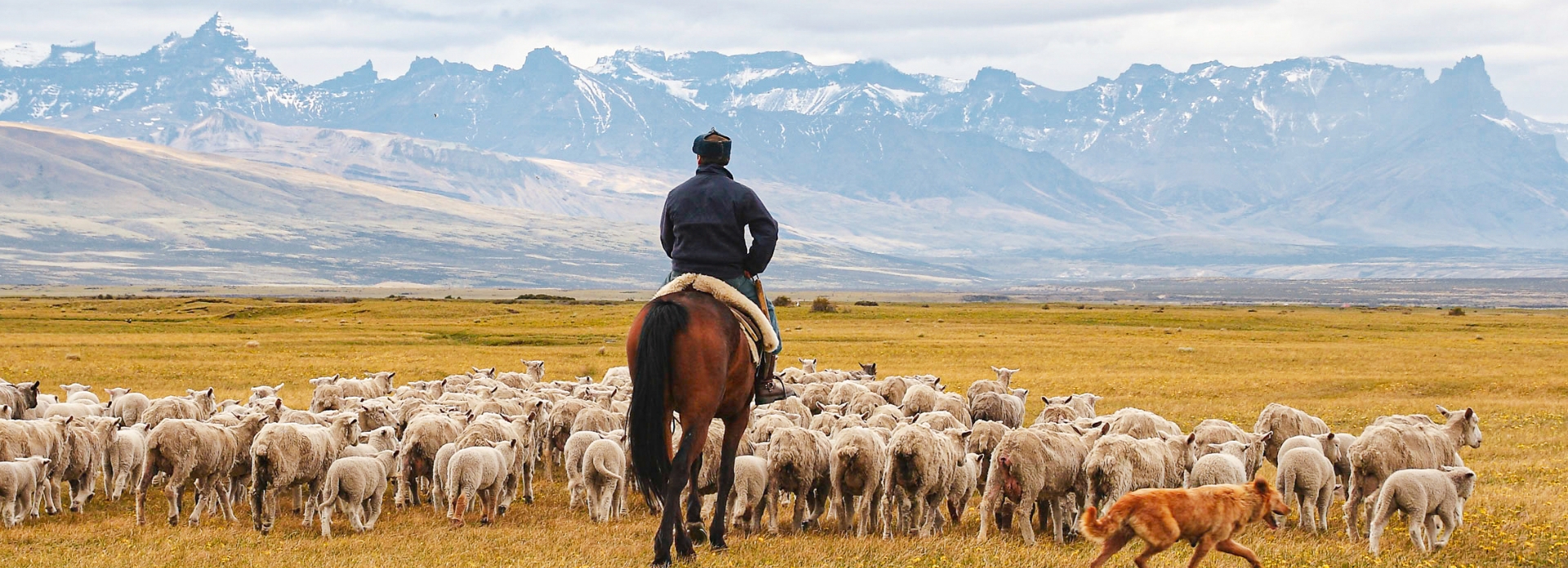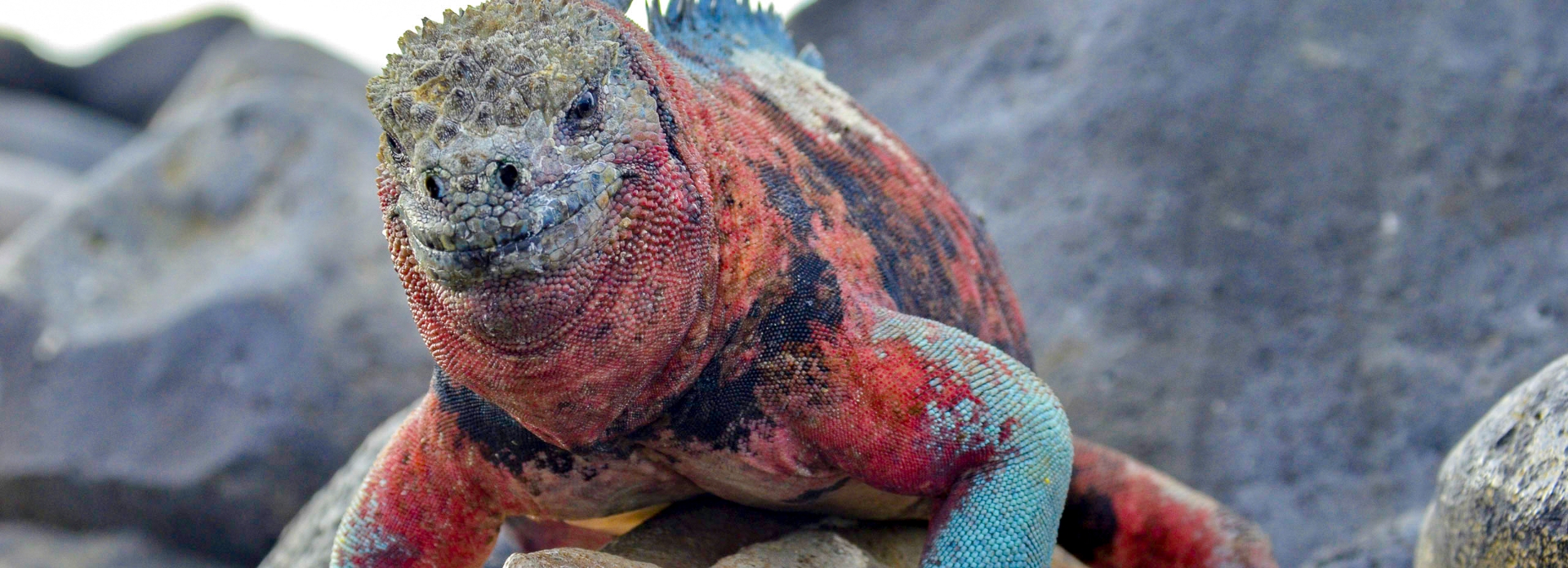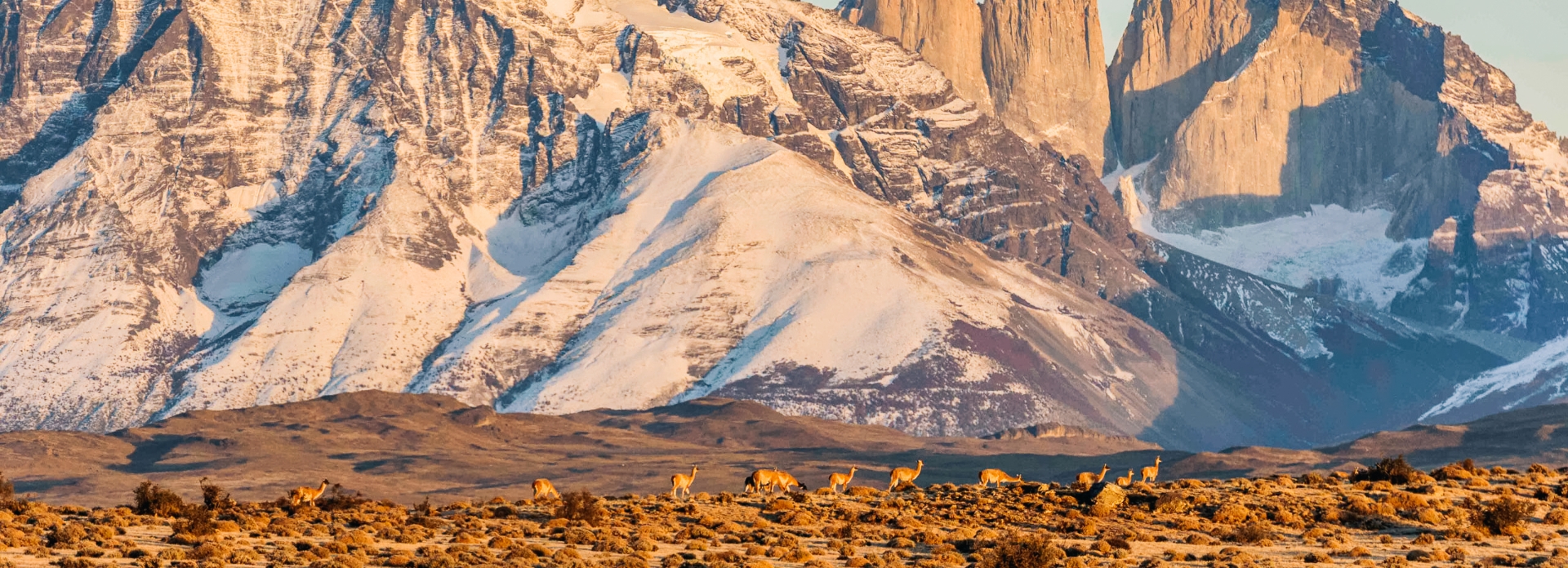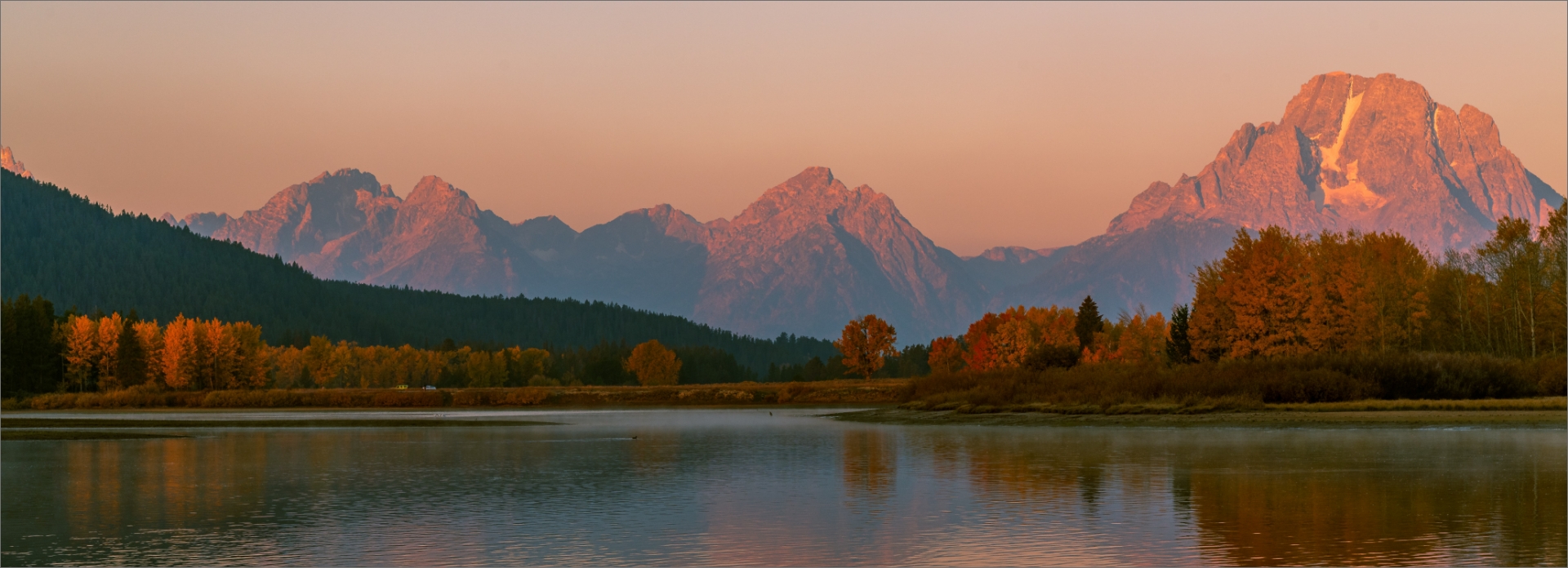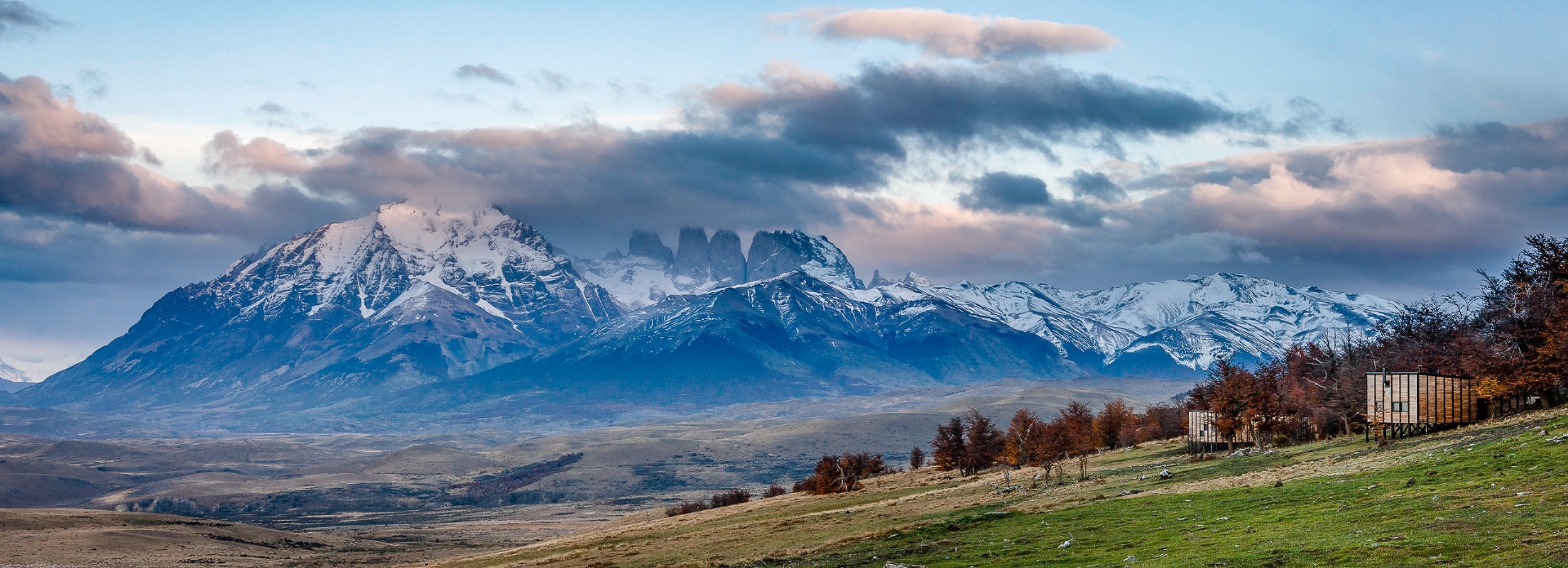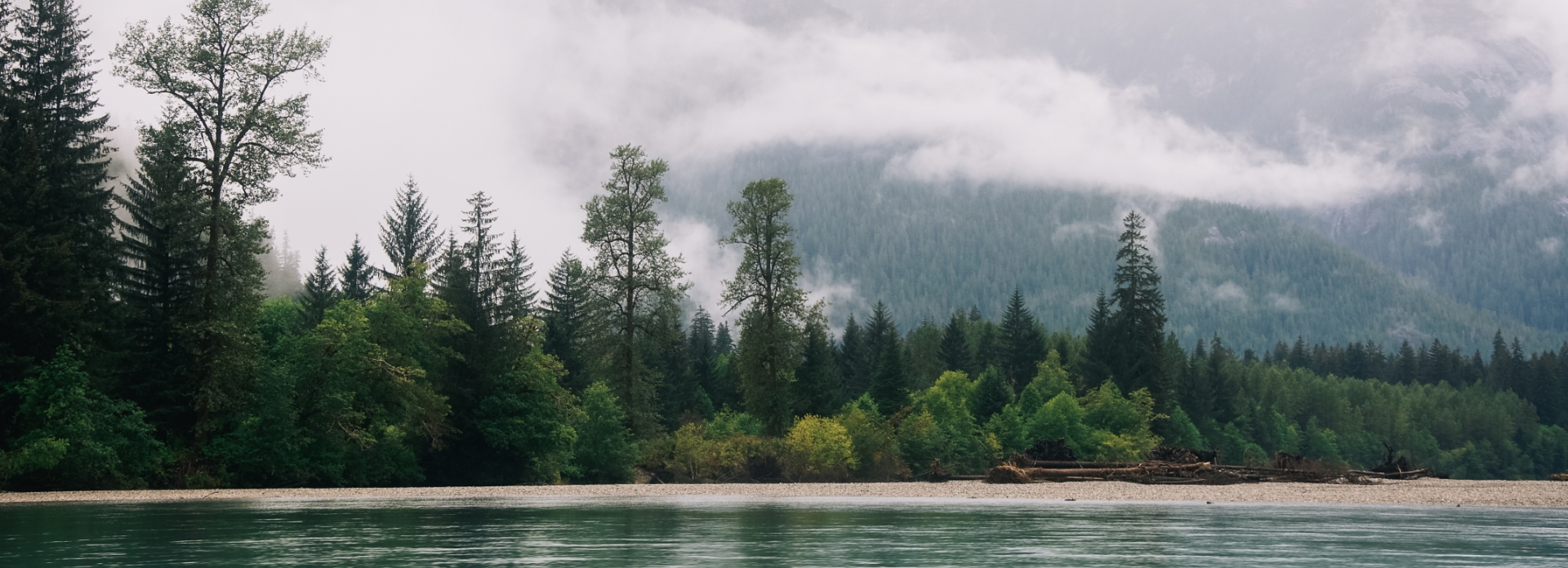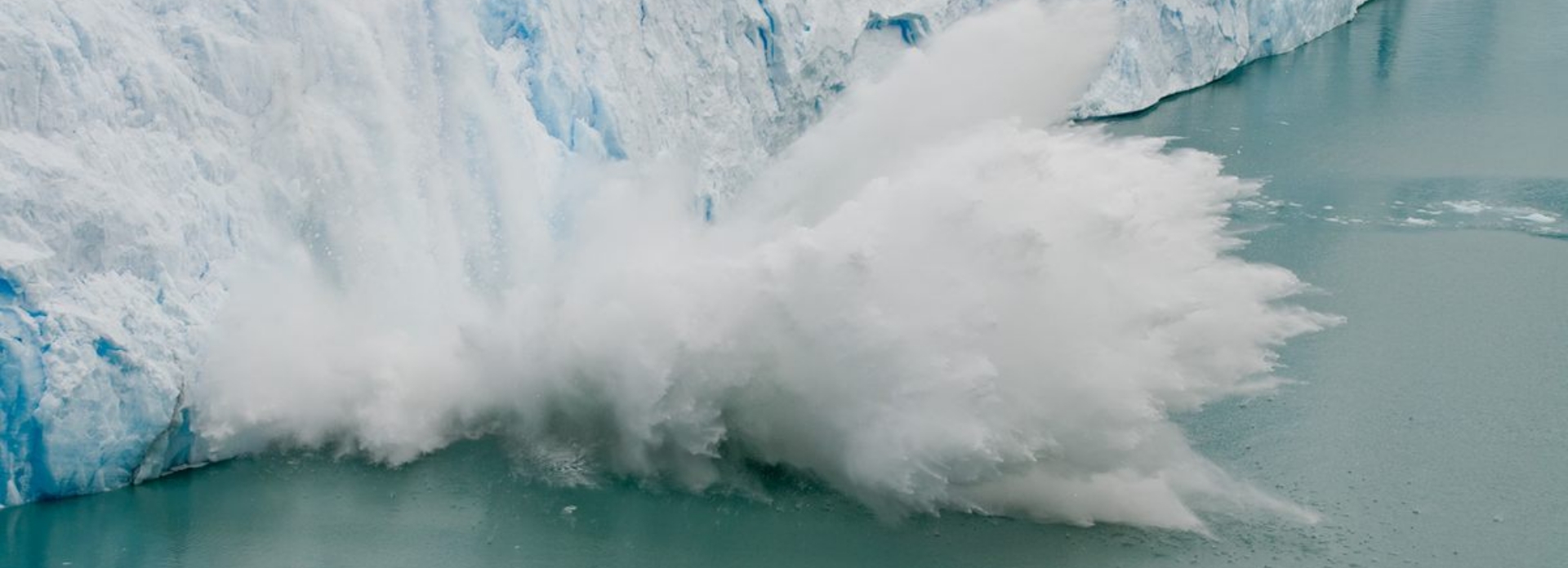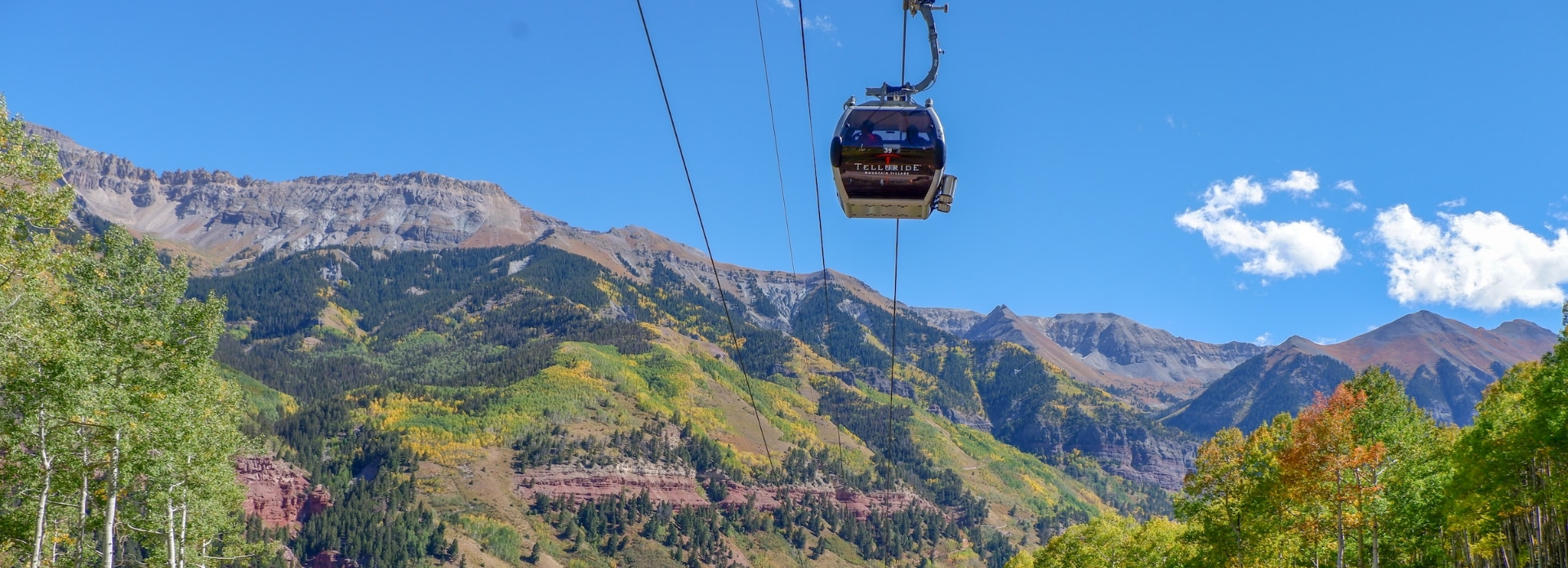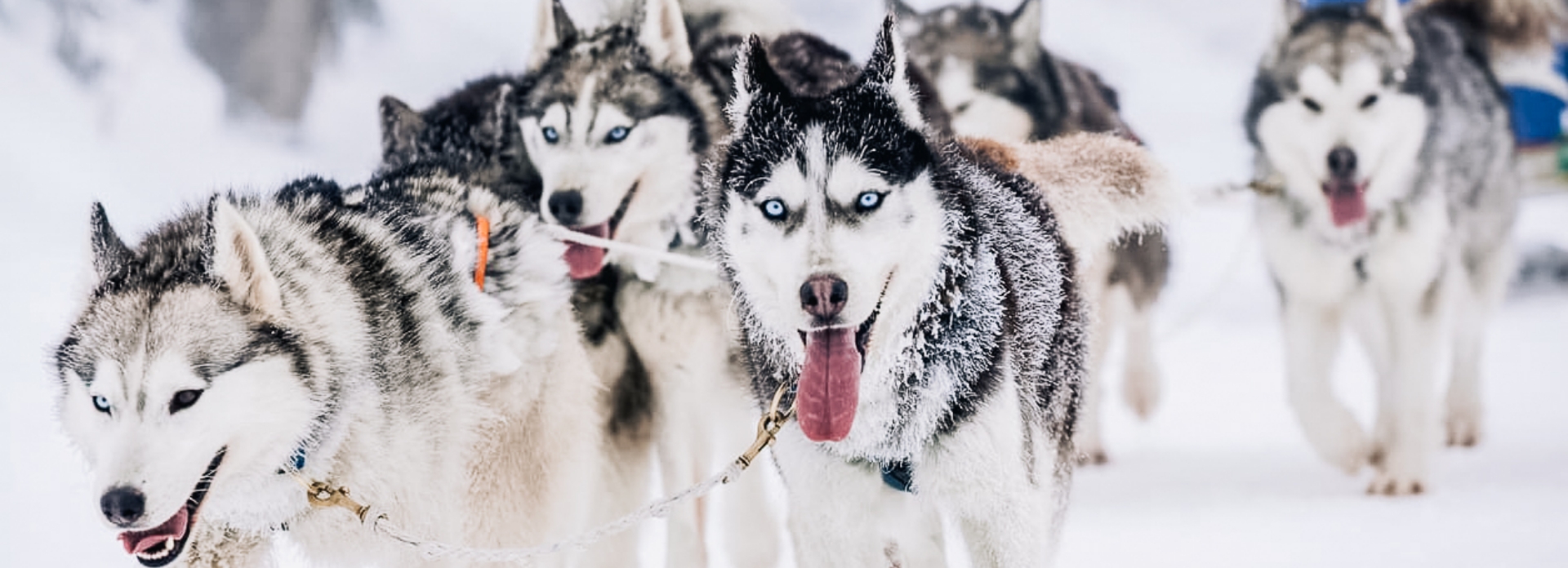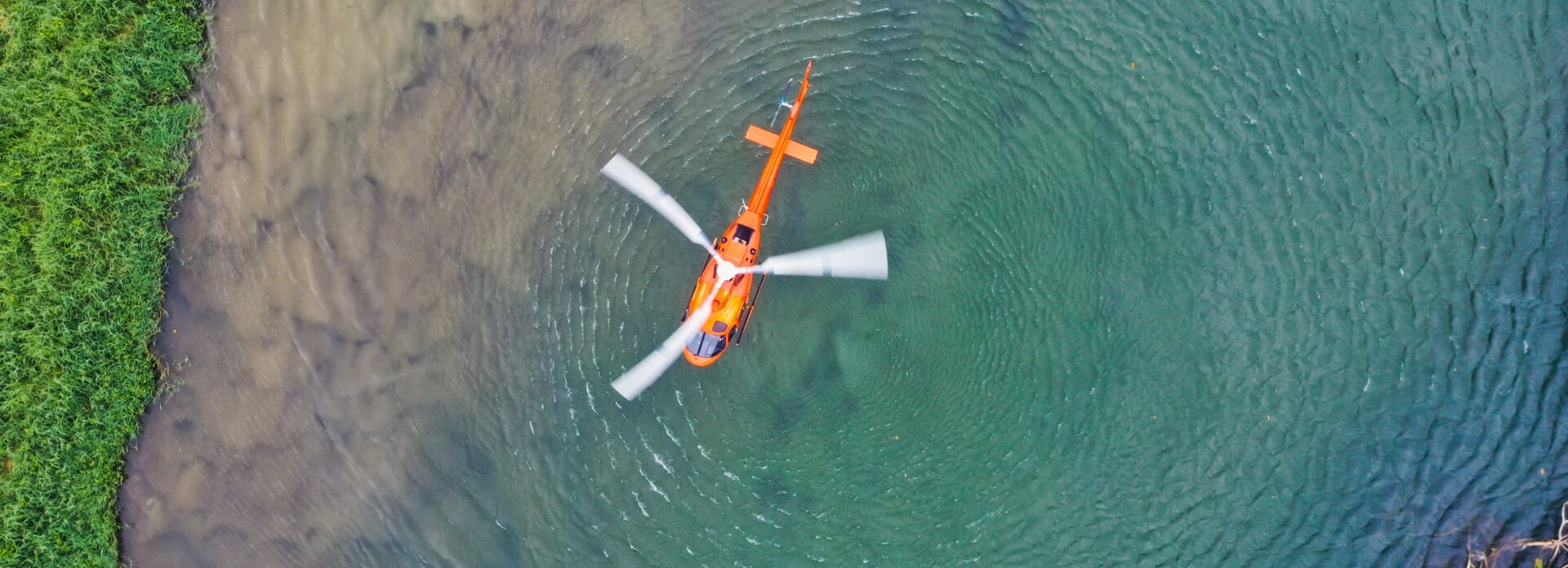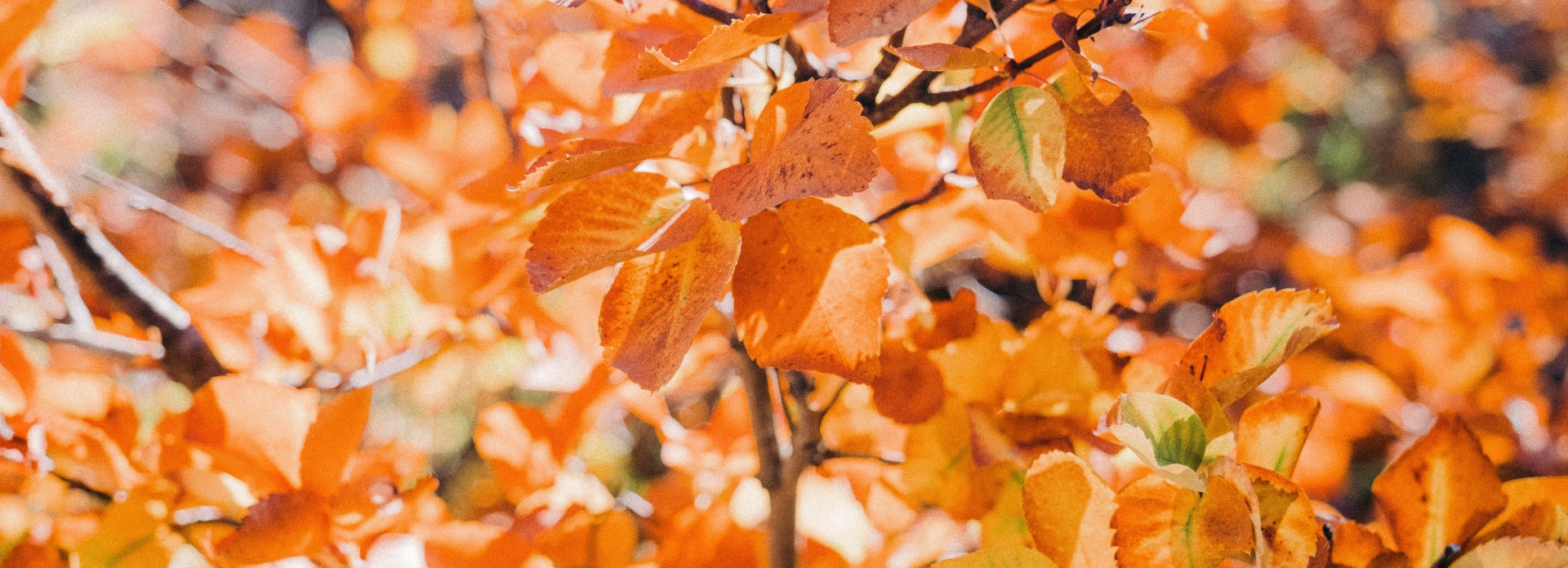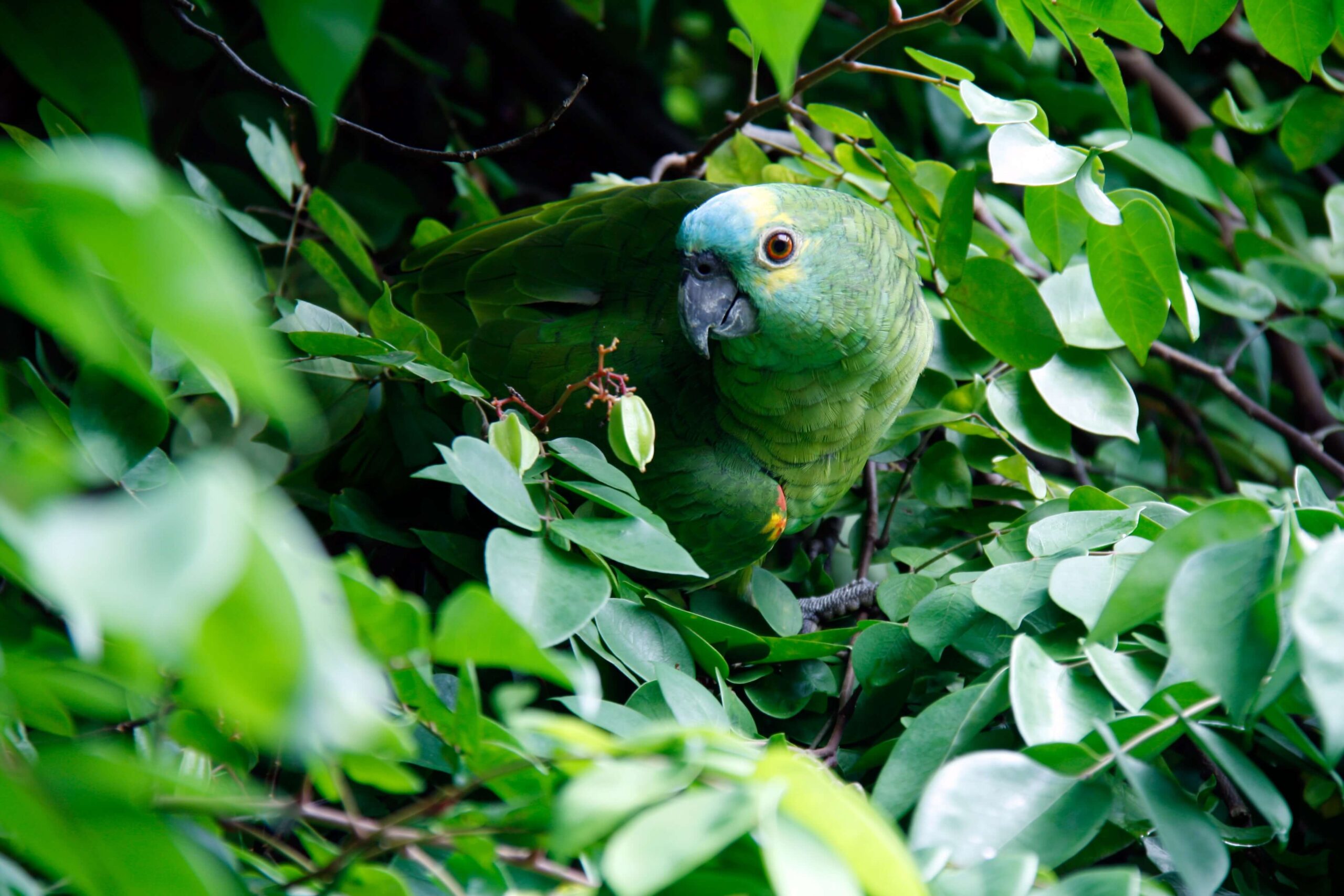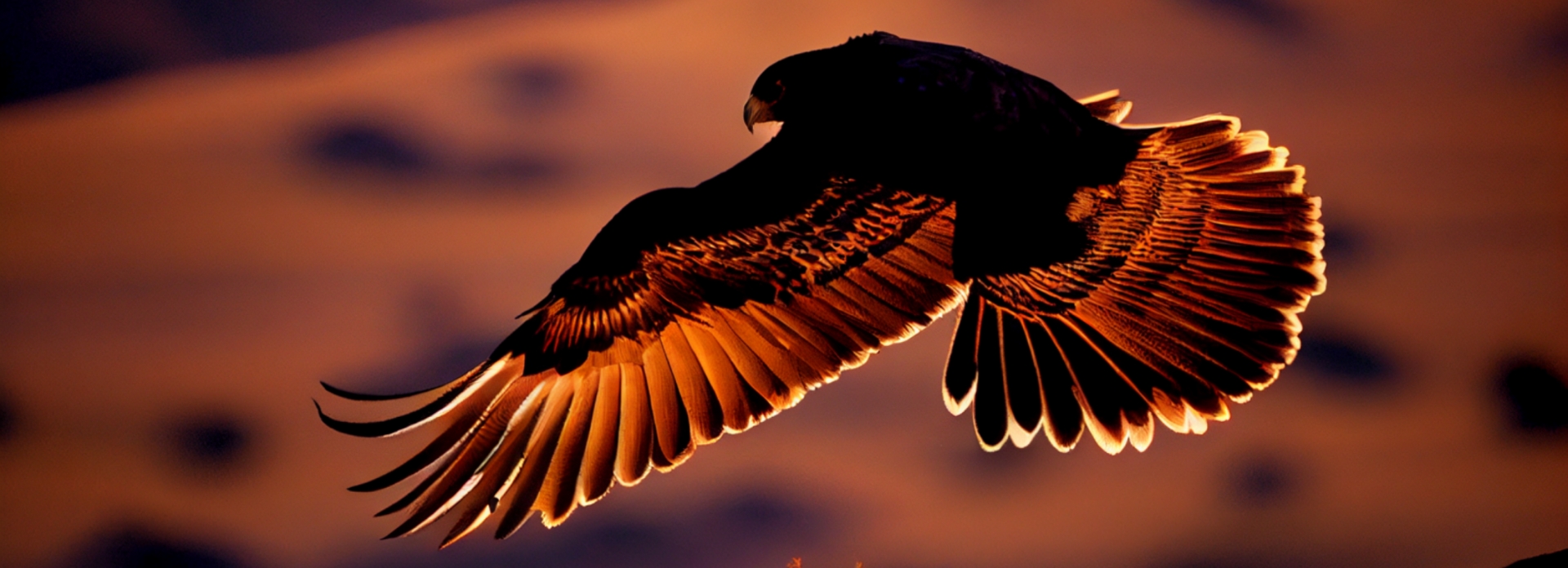Did you know that the United States has a national mammal? Don’t beat yourself up if you did not know that obscure slice of American trivia; you have plenty of company. But it is true! In 2016, the lofty and prestigious bald eagle lost its claim as the only nationally designated animal to represent the land of the free. And joining its ranks? A colossal land animal who can trace its existence in the U.S. to prehistoric times. Read on to learn more about this compelling creature and how EXP Journeys can help you both get better acquainted.
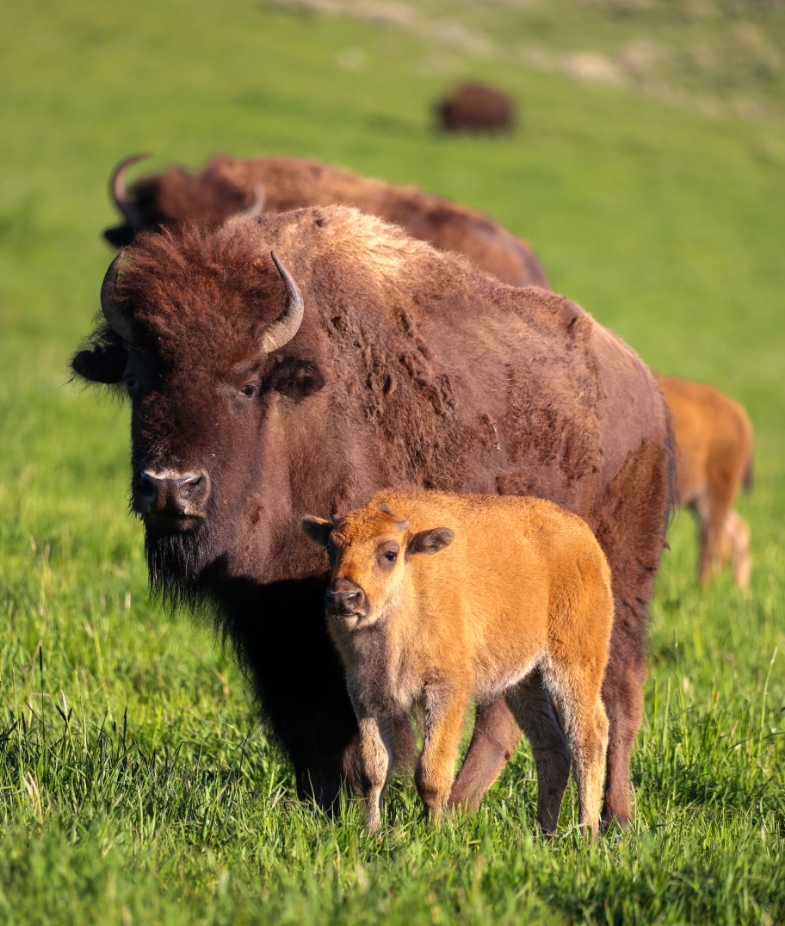
Mother And Calf Bison
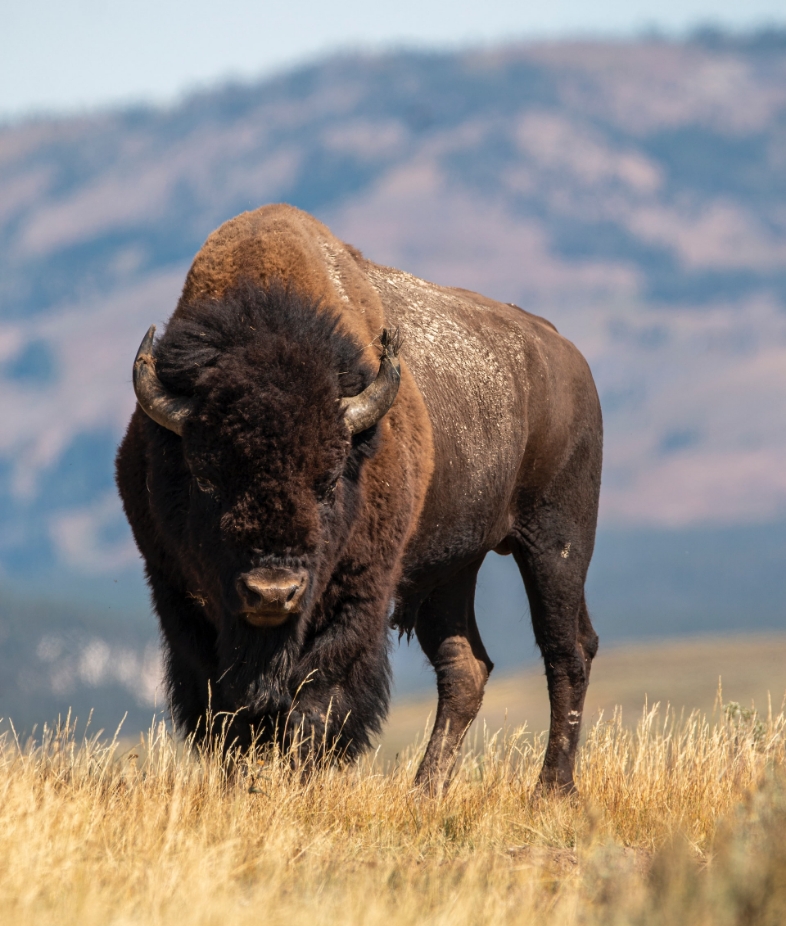
Bison Bull
No luxury vacation to Grand Teton or Yellowstone National Park is complete without spotting one of the Park’s most famous residents – the majestic American bison. Or is it a buffalo? Or maybe you heard a rancher talking about their herd of beefalo!? These questions come up frequently and you should not worry if you are a little confused. As always, your EXP guides are here to help educate, elucidate and entertain. So, let us get on with it, shall we?
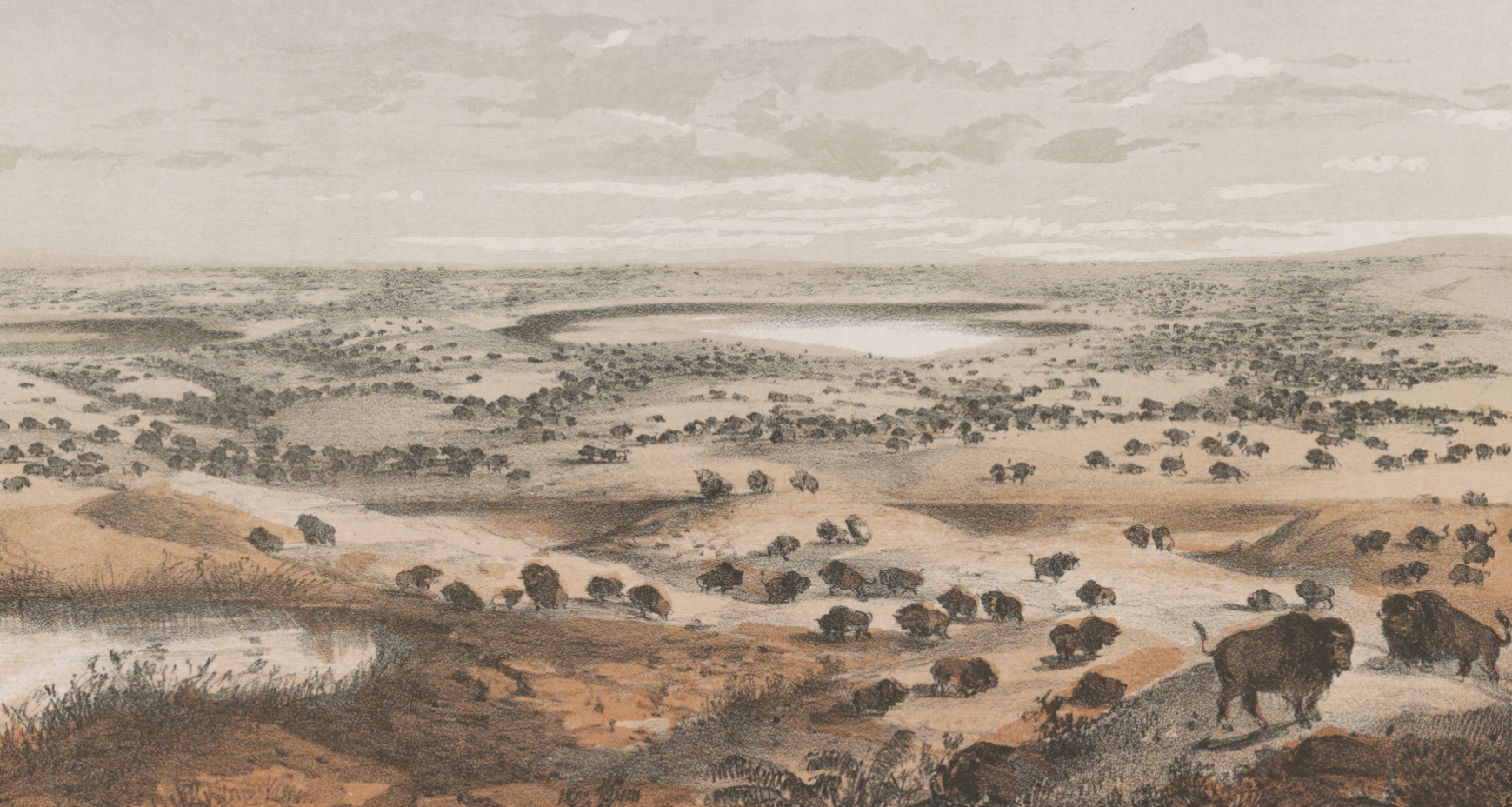
A Herd Of Bison Near Lake Jesse, 1855 Lithograph Library of Congress
Having lived on the North American continent for hundreds of thousands of years, bison share a rich and varied history and connection with the sacred land on which they call home. But, before we dive too deep into an exploration of the history and science behind these amazing animals, let’s get one thing straight – what do we call this creature?! Although you will hear both bison and buffalo used by a wide range of National Park visitors; technically the animals that we see scattered on the American plains are bison, not buffalo. Their scientific name after all is bison bison. You can blame the song ‘Home on the Range’ for much of the confusion regarding the nomenclature but some fault must also be assigned to the nearly 400 years of human history that has seen early explorers and modern day traveler alike mislabel this creature. At any rate, we can assure you that the bison (or buffalo) you see on your next luxury vacation do not care what you call them. However, an exploration of the science and background concerning these animals lends itself to a greater appreciation and protection of them of which we guarantee they will be most appreciative.
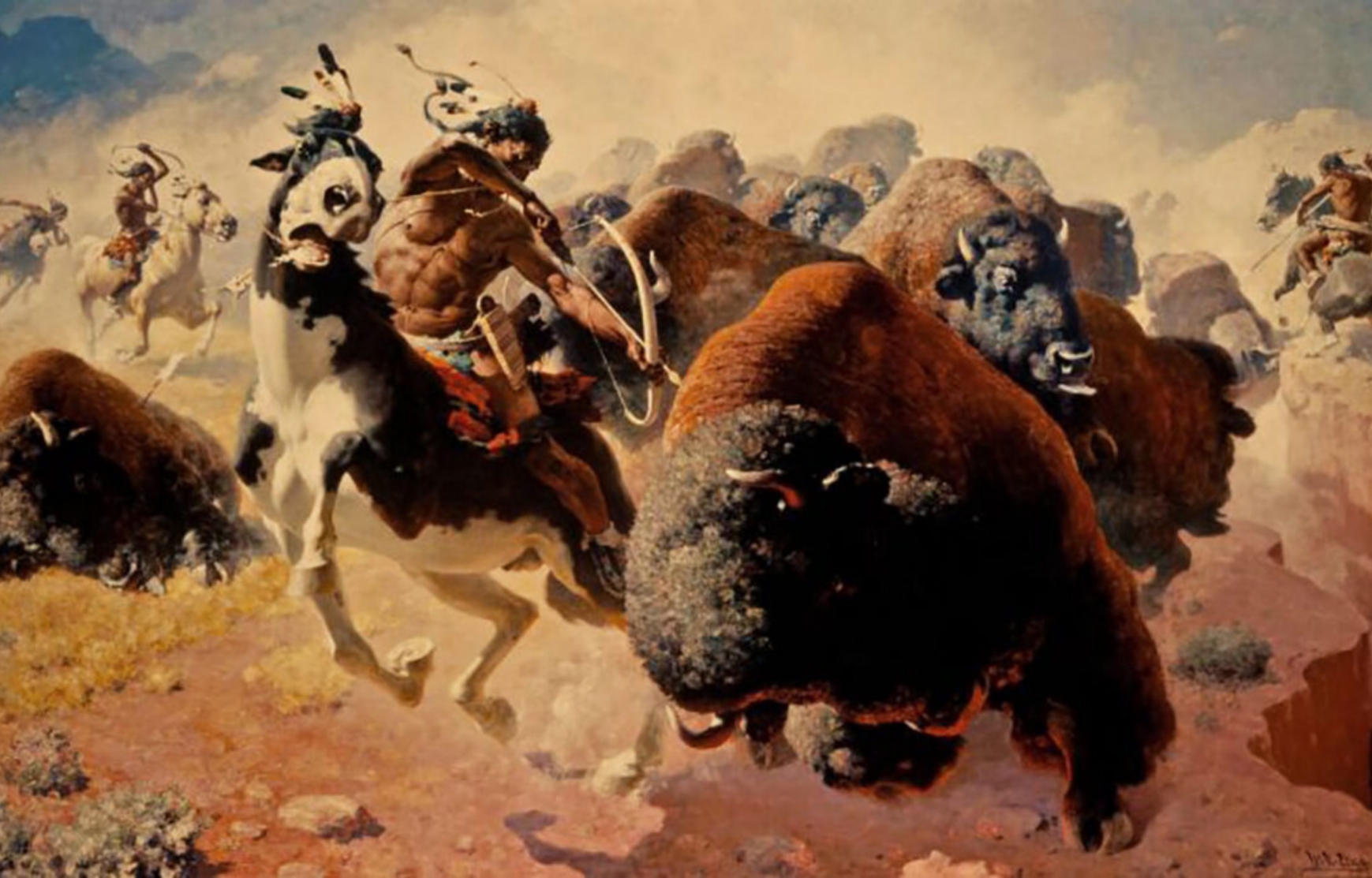
Bison Hunt, Oil Painting By William Robinson Leigh
As both are long term residents, bison have a extensive history with the indigenous peoples of North America. Many tribes, such as the Sioux and the Cheyenne, considered the bison to be a sacred animal and had a deep spiritual and physical connection to it. The bison provided food, clothing, and shelter for these communities, and it played a crucial role in their culture and way of life.
Bison also played a crucial role in the ecology of the Great Plains. Giant herds of bison would migrate across the grasslands, and their grazing patterns helped to maintain the health of the grasses. By consuming woody plants and the insects who live on and around them, the bison helped to create a diverse ecosystem. So important were the bison in this process that they were considered to be a keystone species, meaning that many other animals in the ecosystem relied on them for survival.
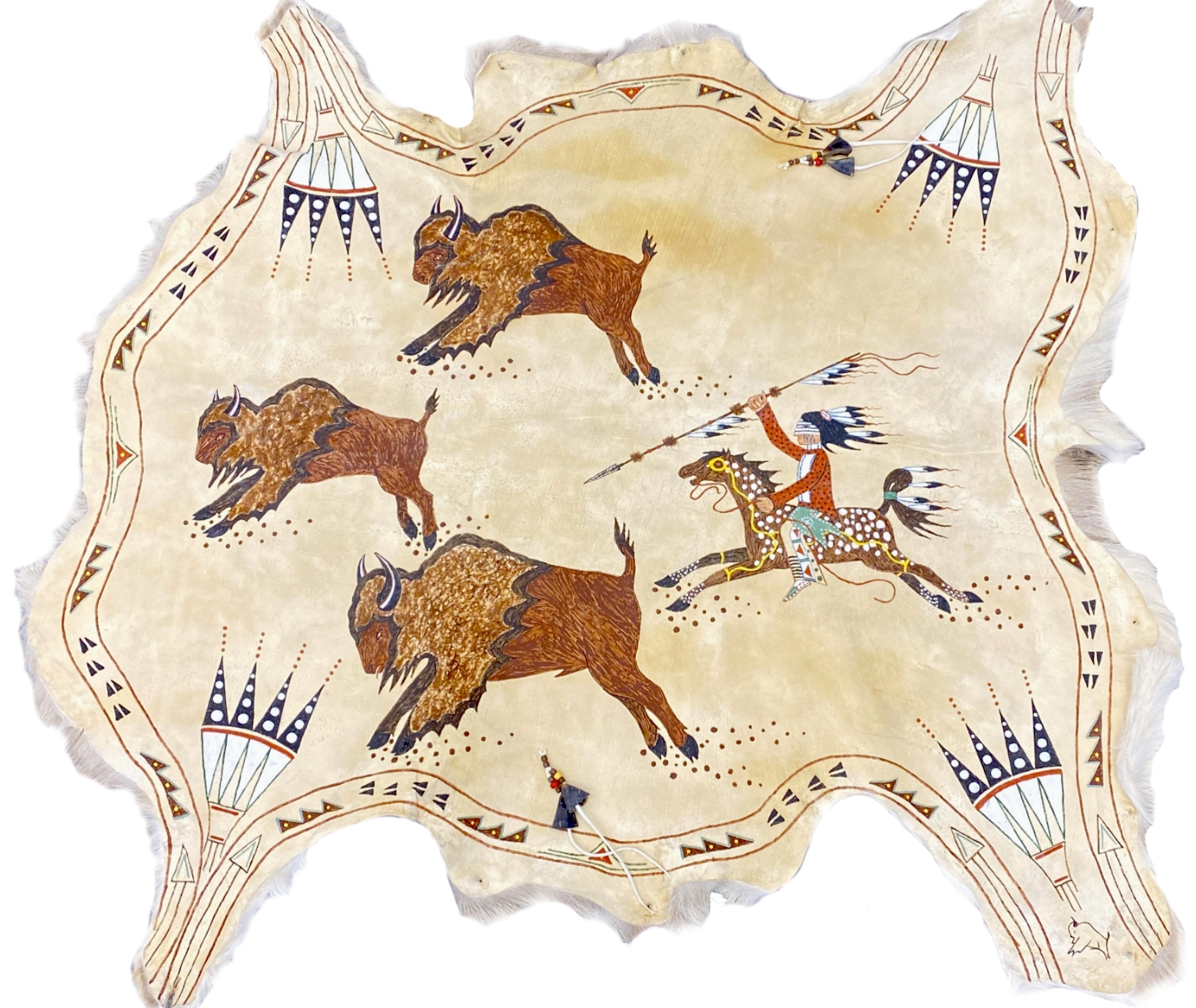
Sioux Elk Hide Depicting A Bison Hunt
Unfortunately, the arrival of European settlers in the 19th century brought about a change for the bison and their habitat. Hunting, both for commercial and subsistence purposes, drastically reduced their numbers. By the late 1800s, bison had been hunted to the brink of extinction. It is estimated that the population fell from an estimated 30-60 million in the early 1800s to less than 1000 by the late 1890s! Compounding this problem, the expansion of agriculture, fencing and railroads destroyed much of the bison’s habitat, leaving the animal without proper grazing land and food.
However, thanks to conservation efforts, the bison population has made a comeback. Today, there are an estimated 500,000 bison in North America, with about 20,000 of them living in national parks and nature preserves. These conservation efforts have also helped to restore the grasslands ecosystem that the bison depends on.
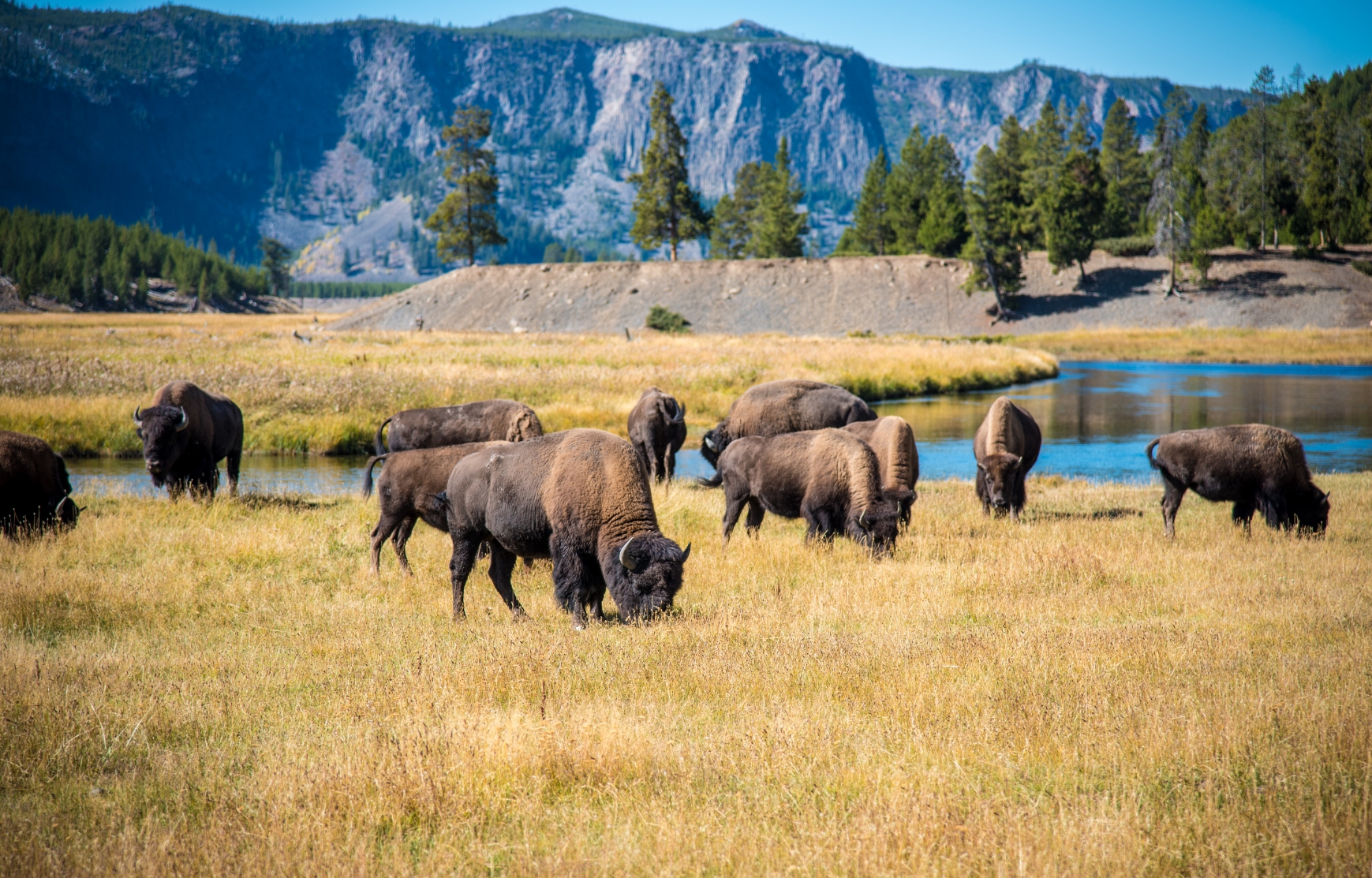
Bison Grazing In Lamar Valley Yellowstone
If this has piqued your interest and you are ready to learn more about the American bison while exploring their protected homes, reach out to us today! Whether you choose to call them bison or buffalo, visit them in the Grand Canyon or the Grand Tetons, the EXPerts at EXP Journeys will help craft the ultimate destination vacation for you.
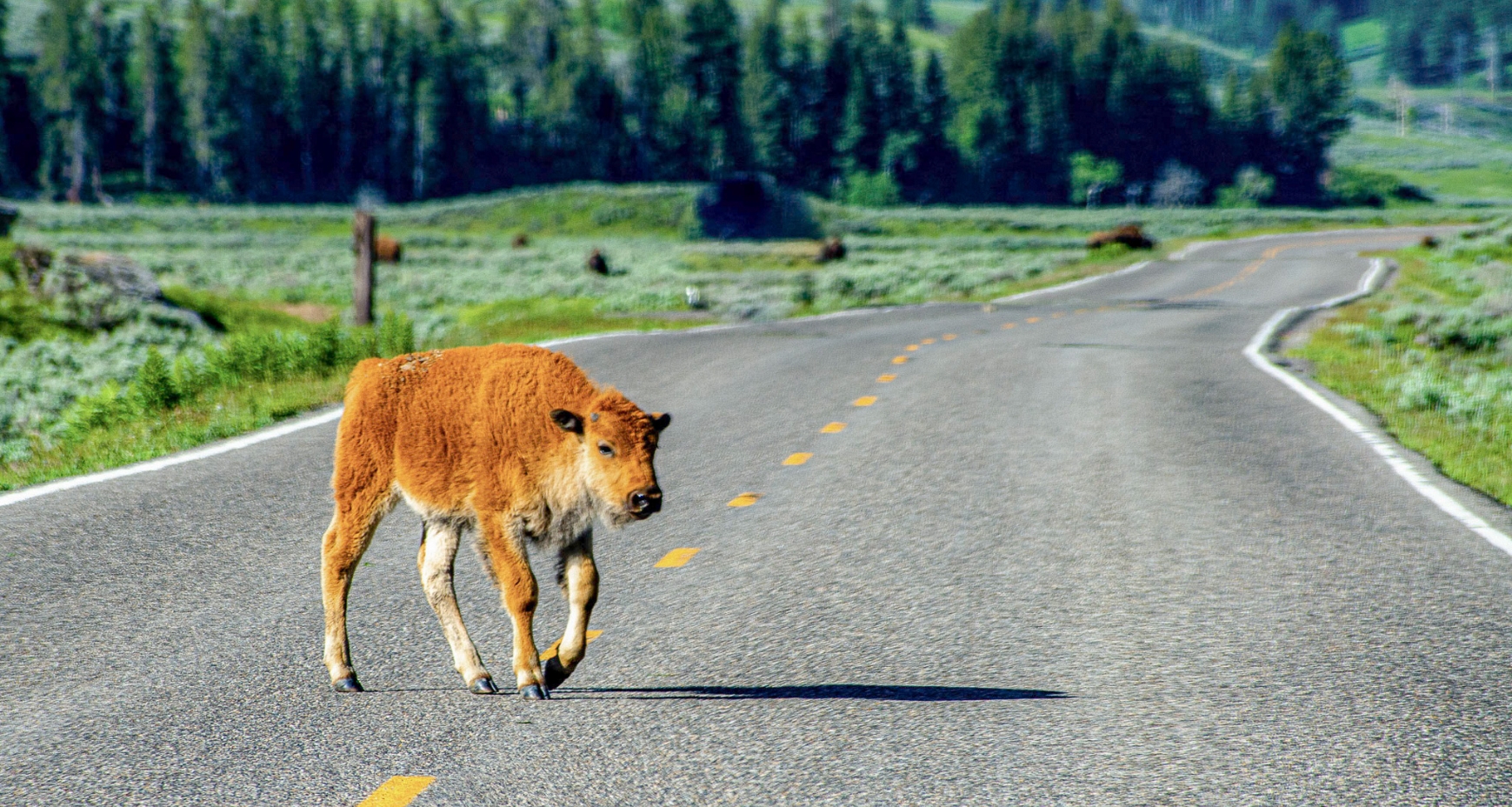
Let’s Hit The Road
